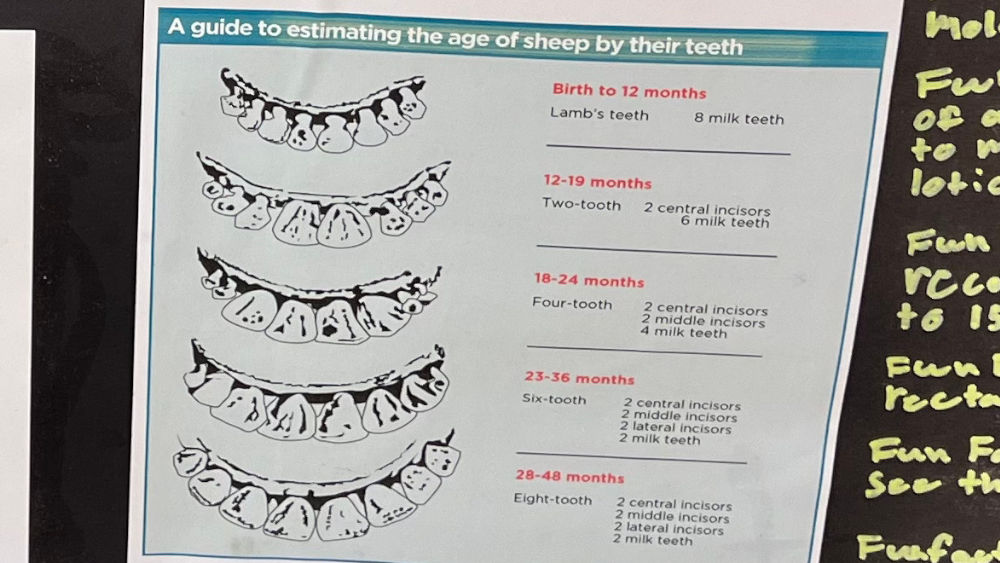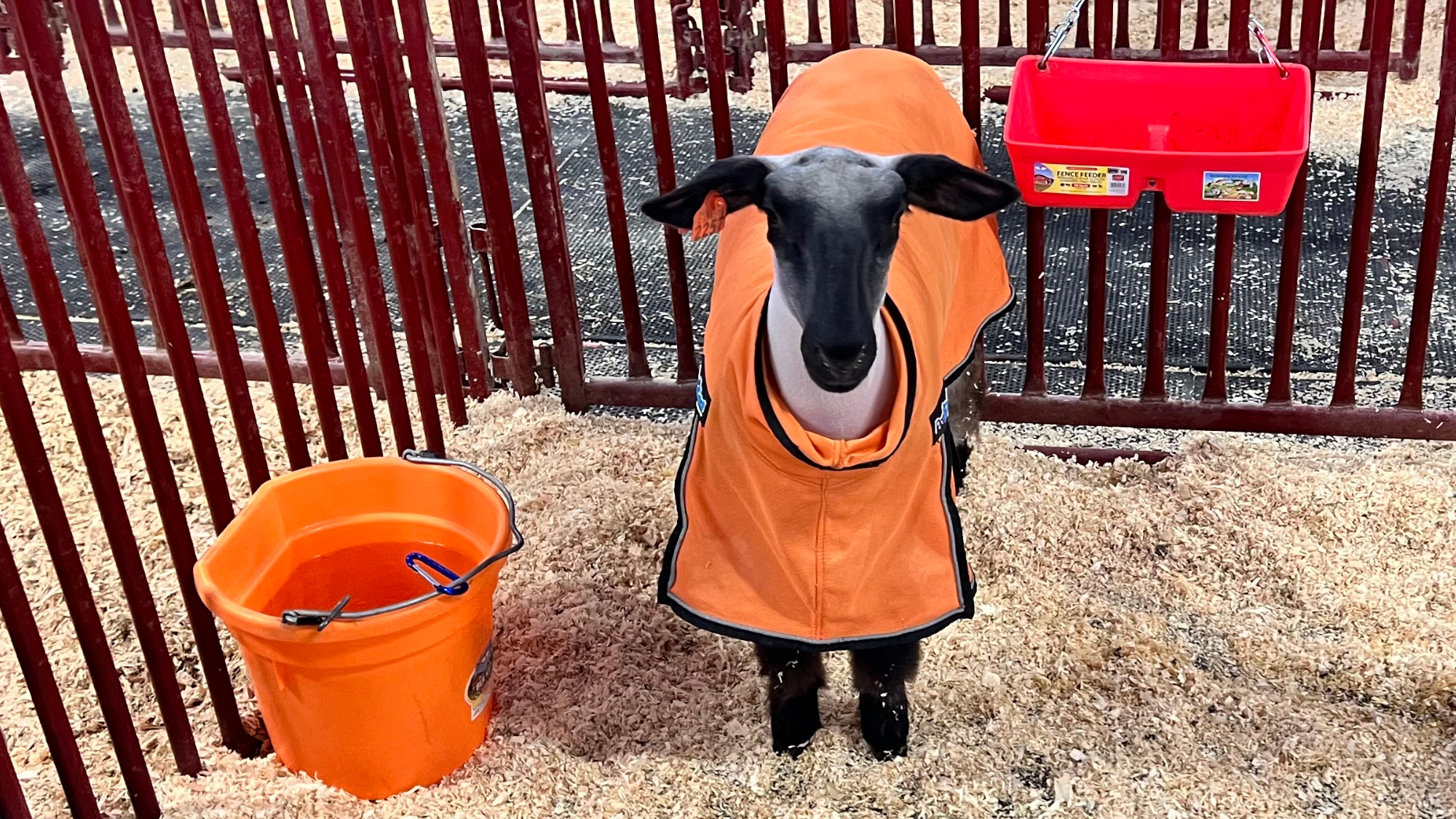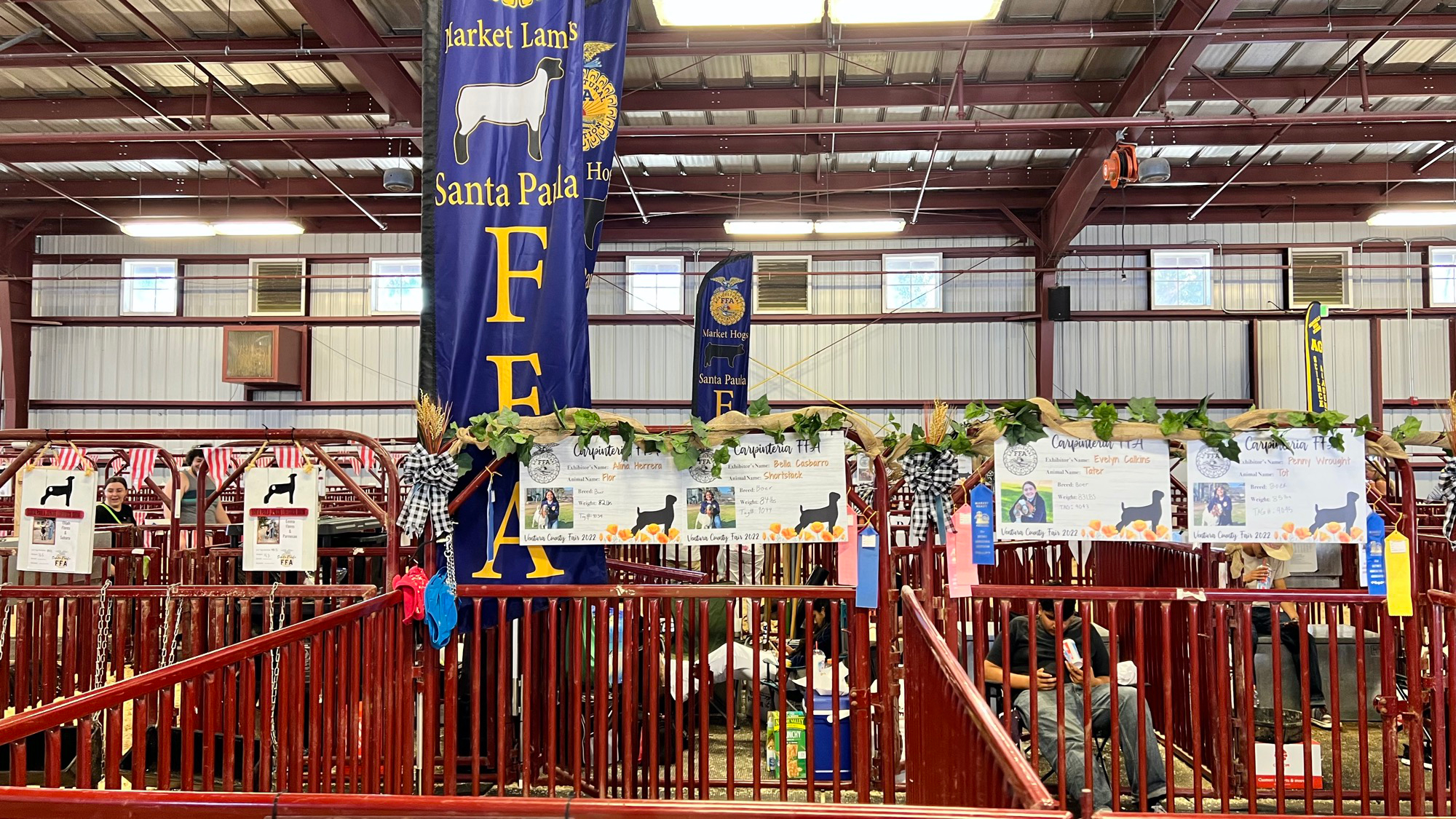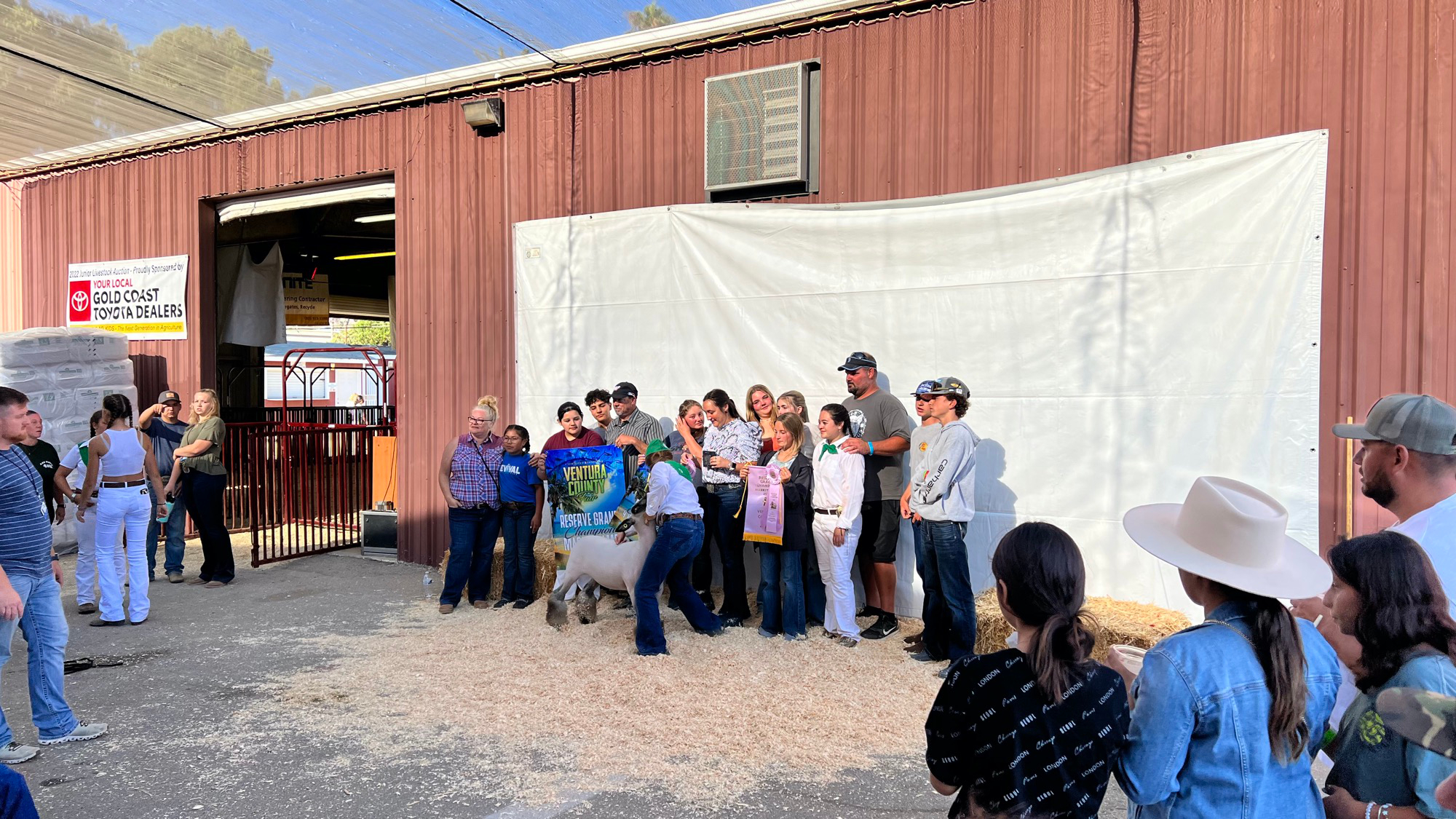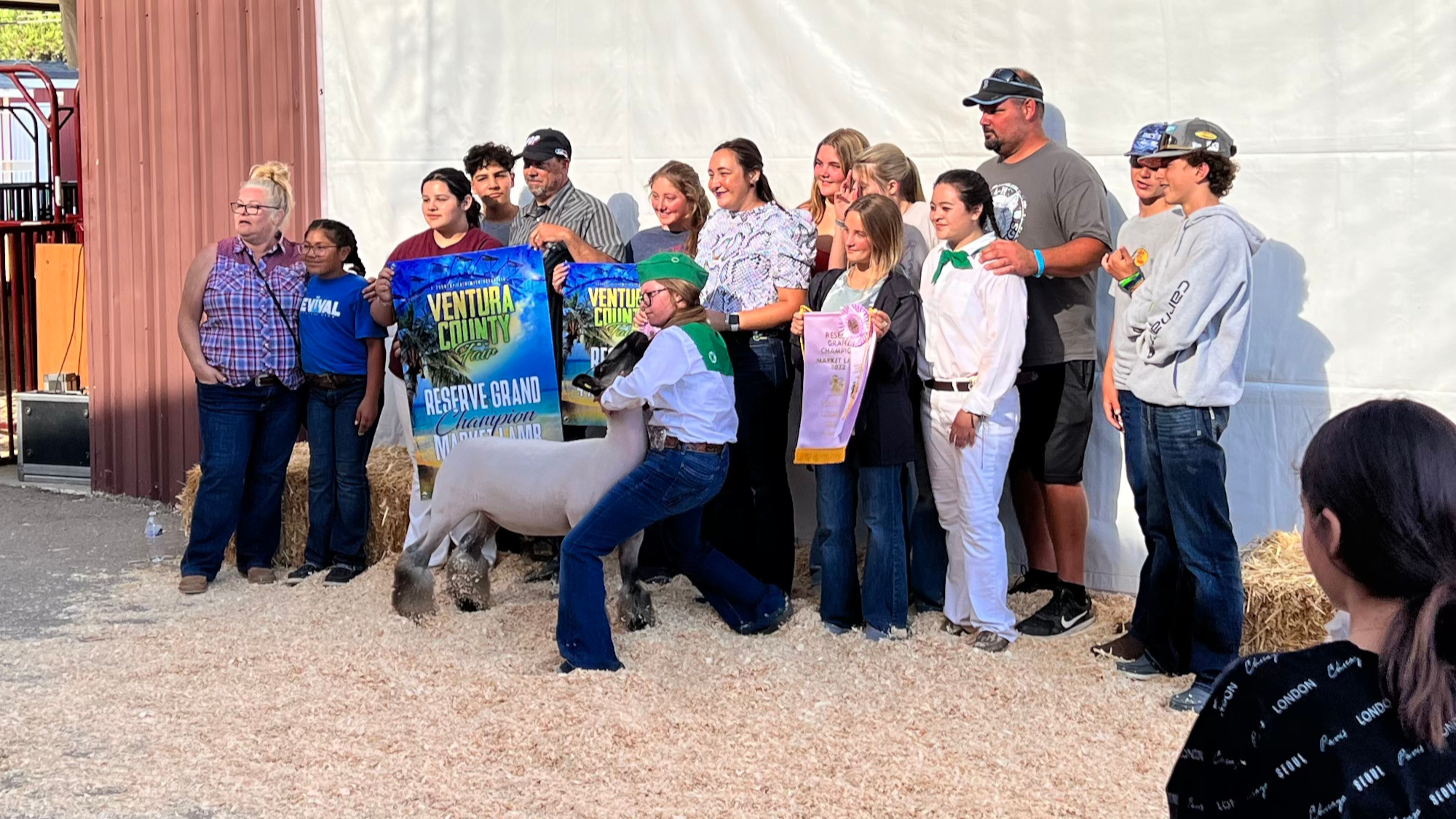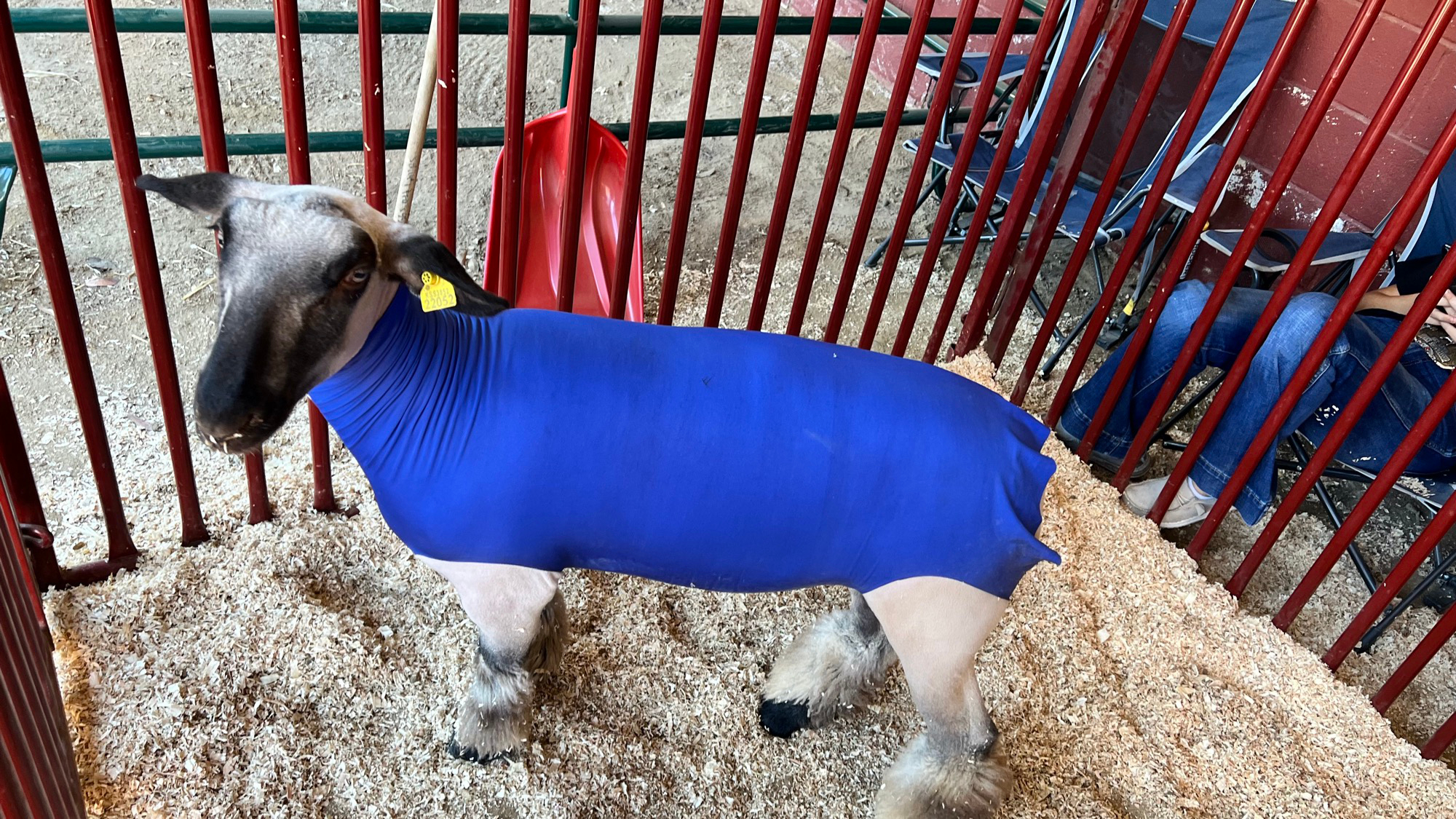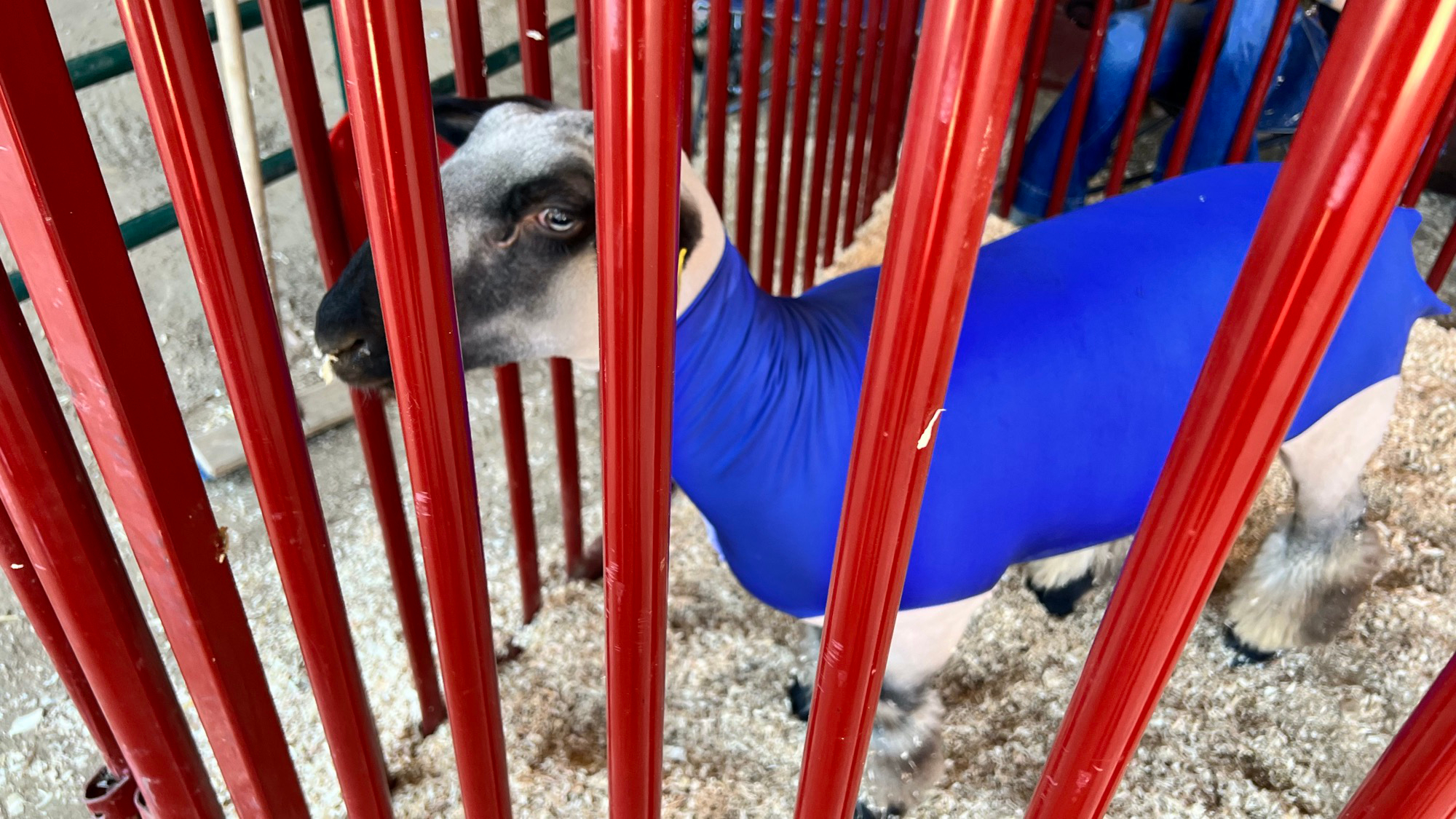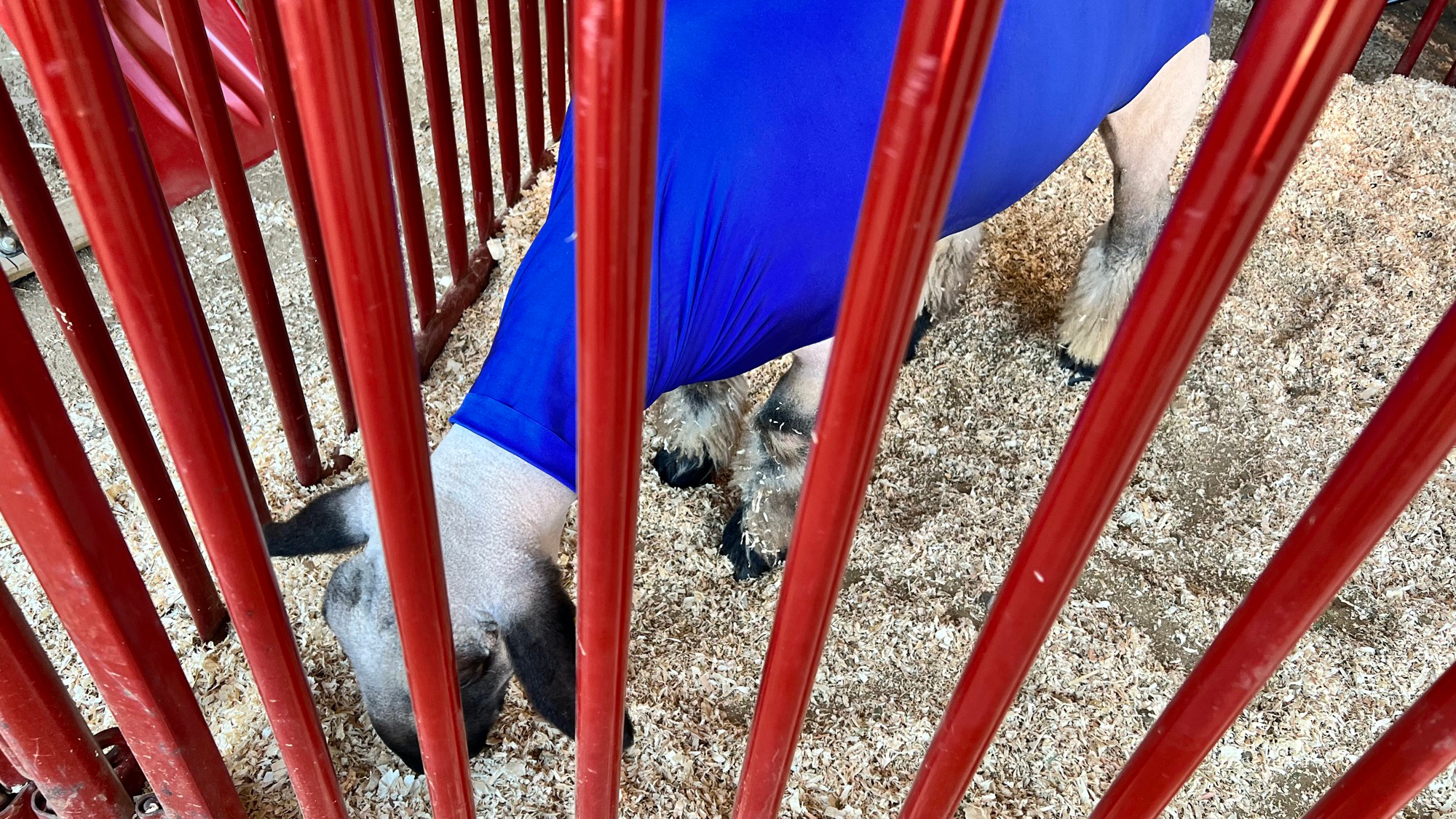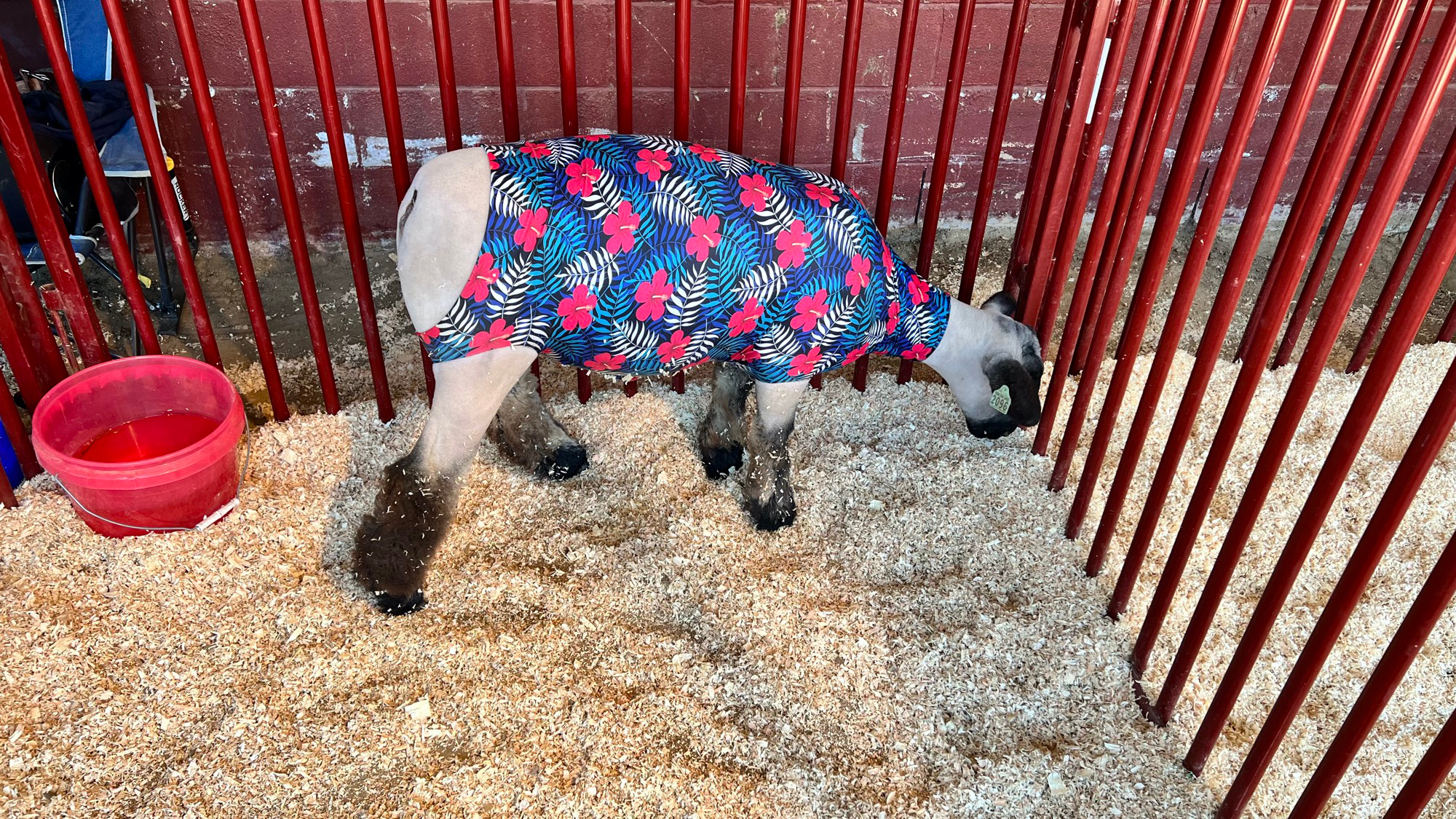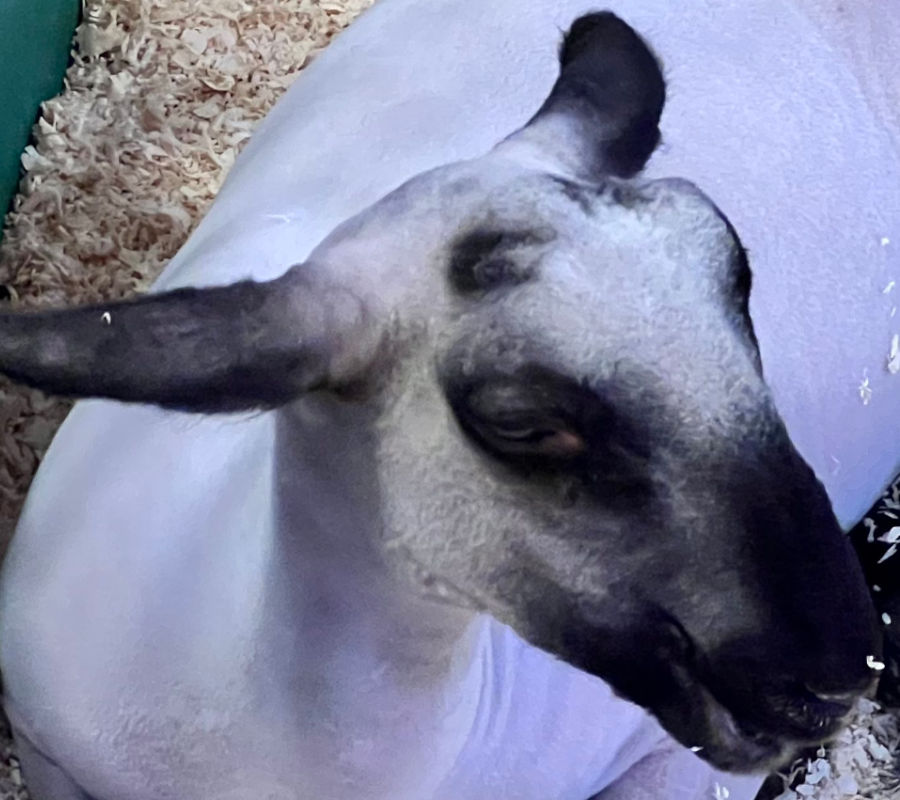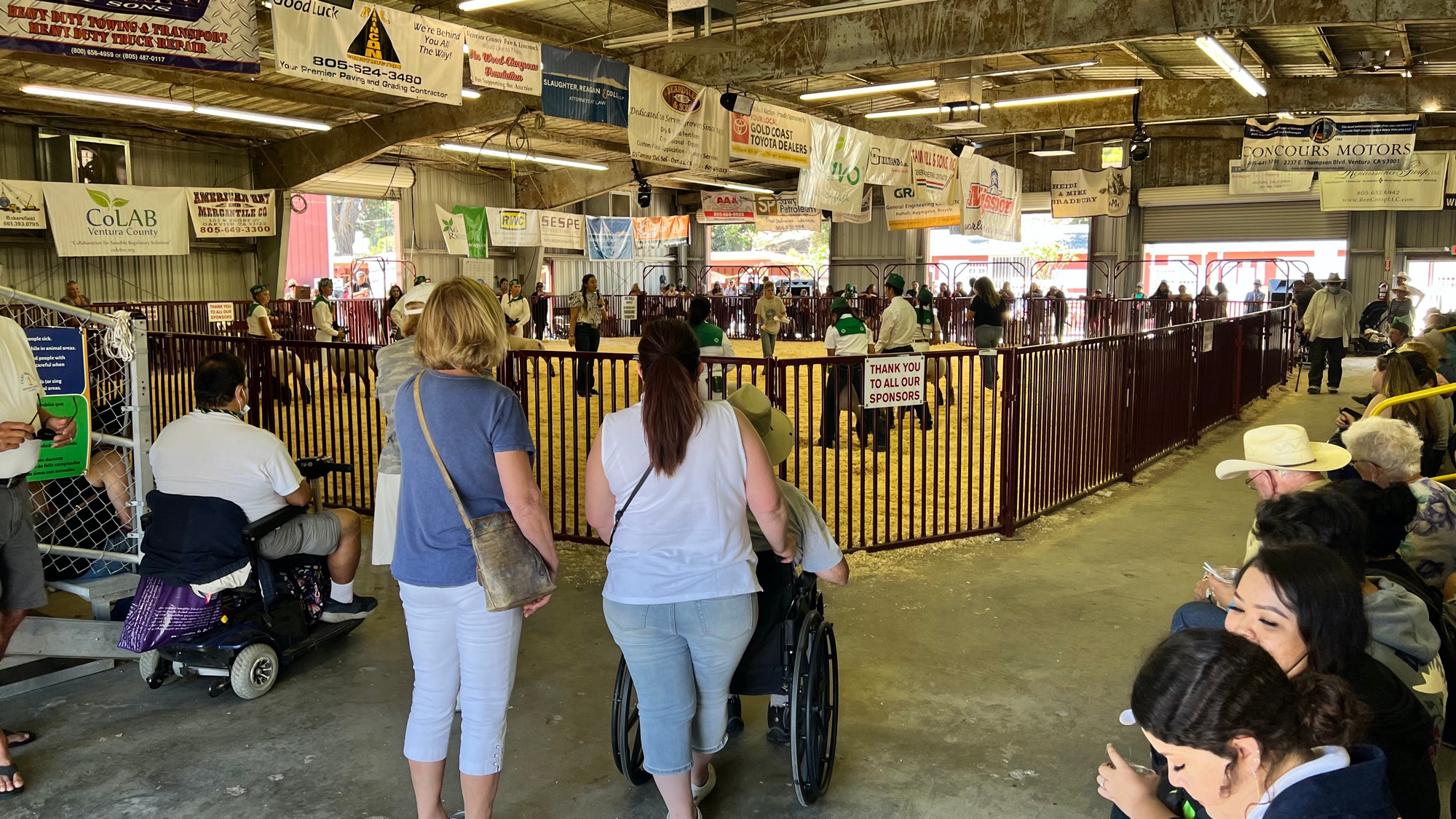
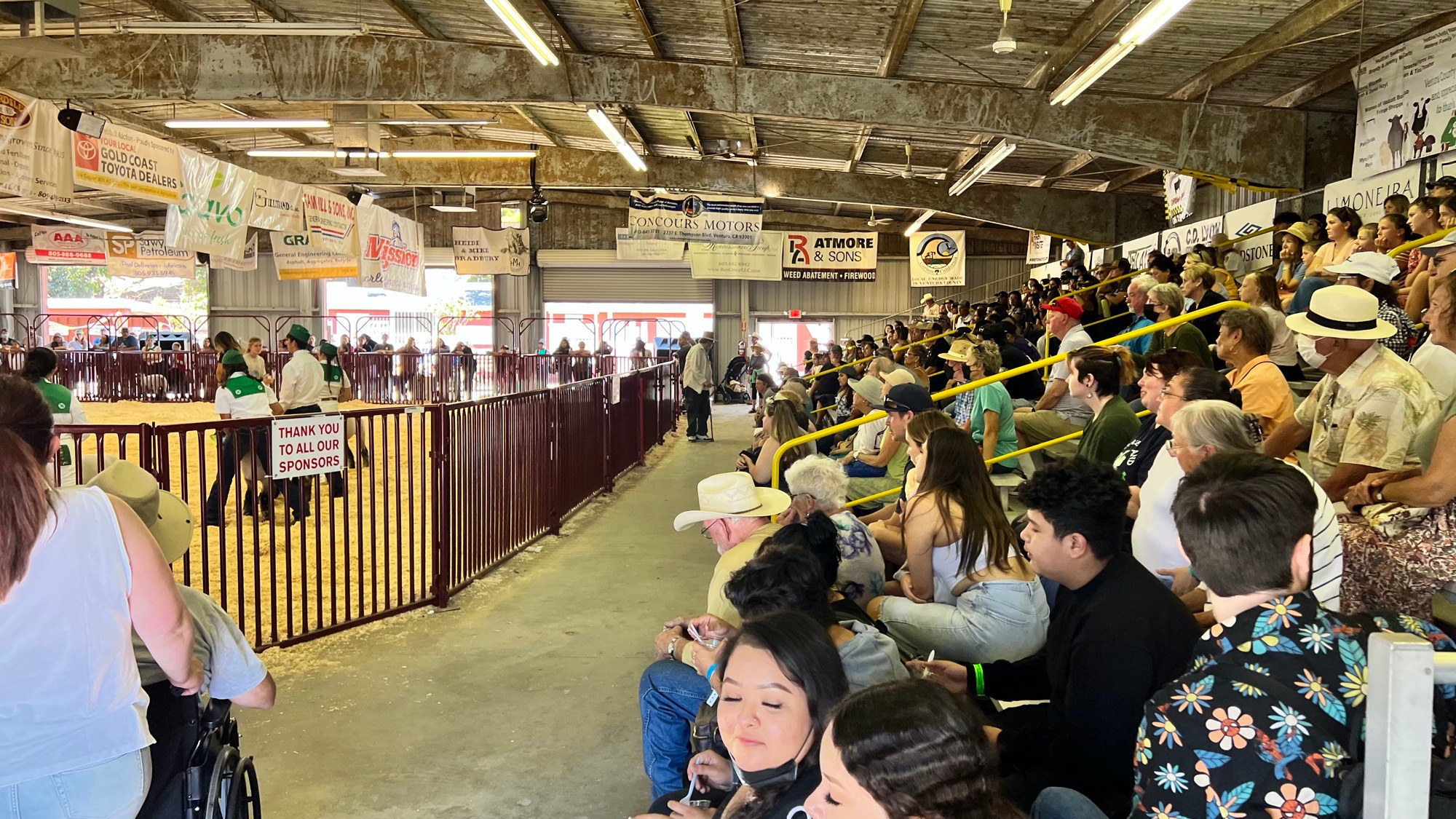
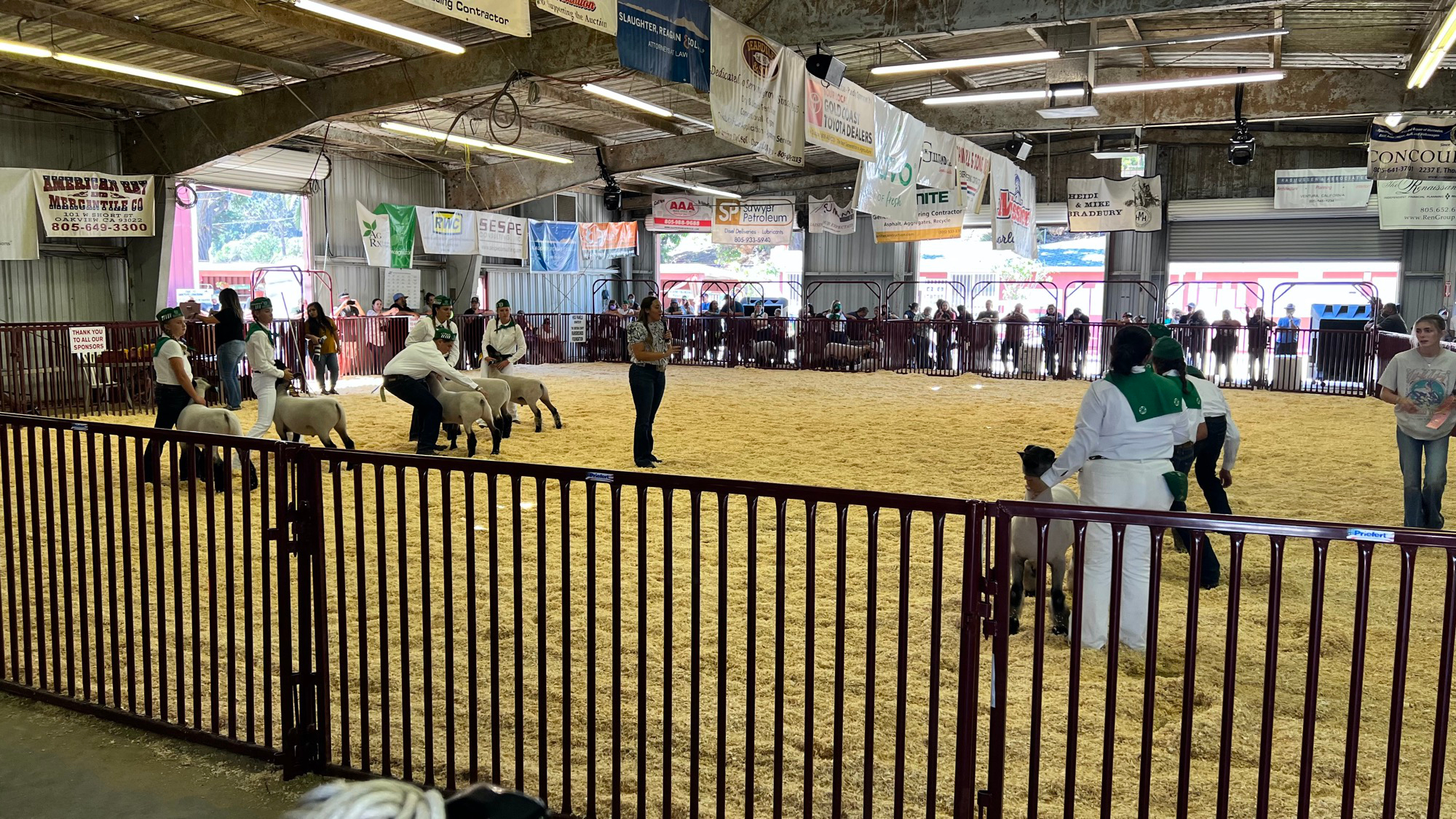
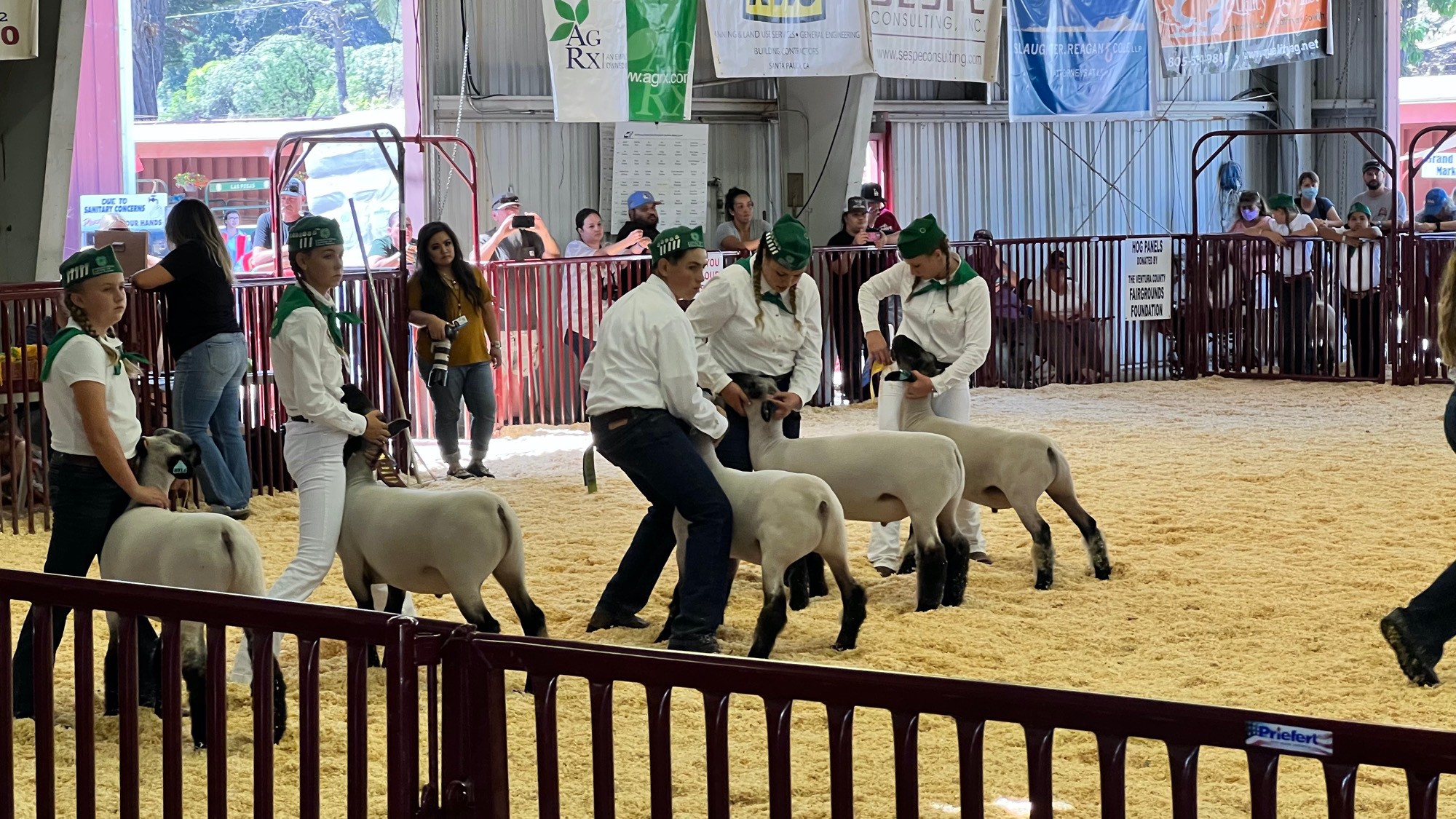
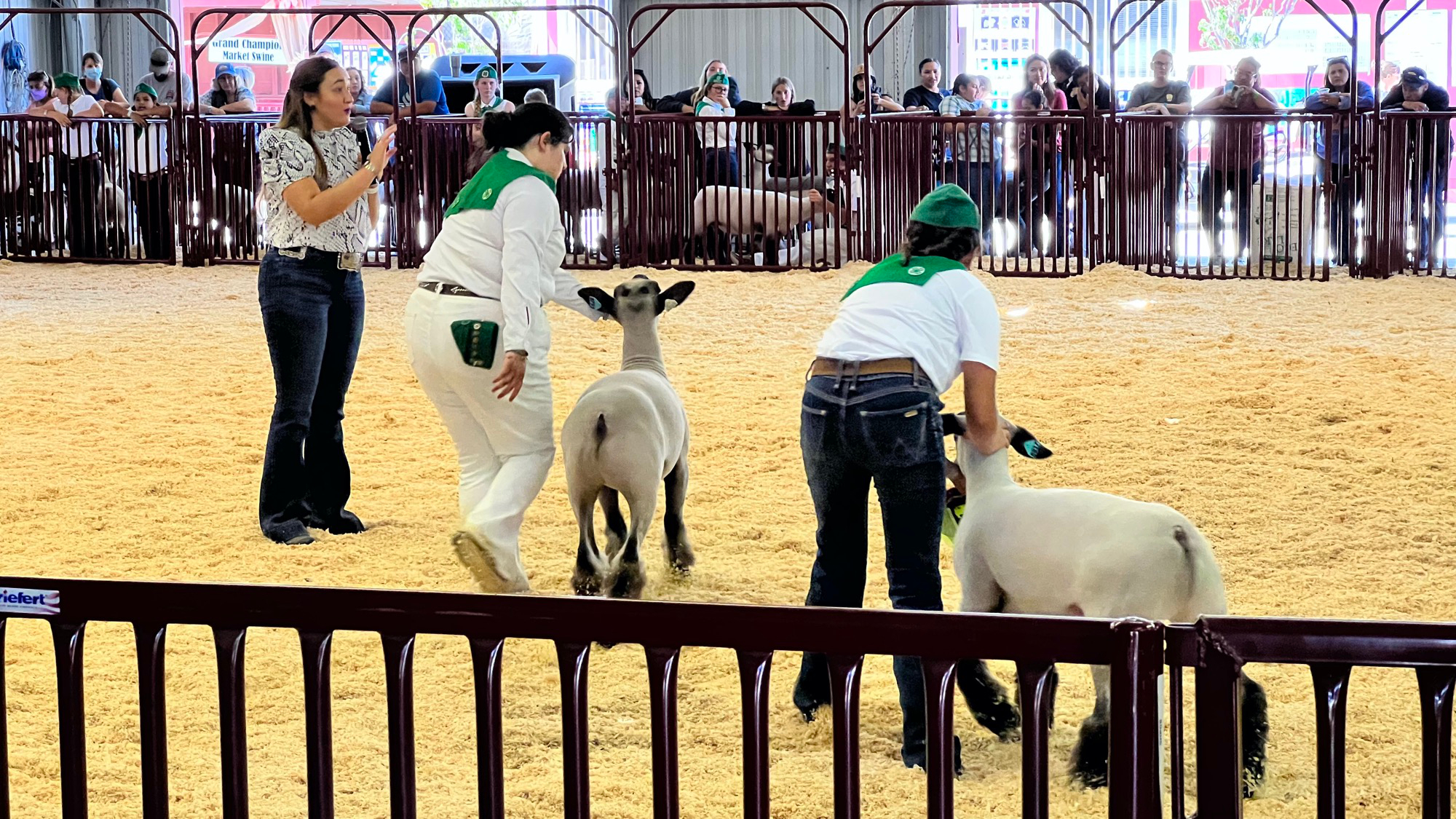
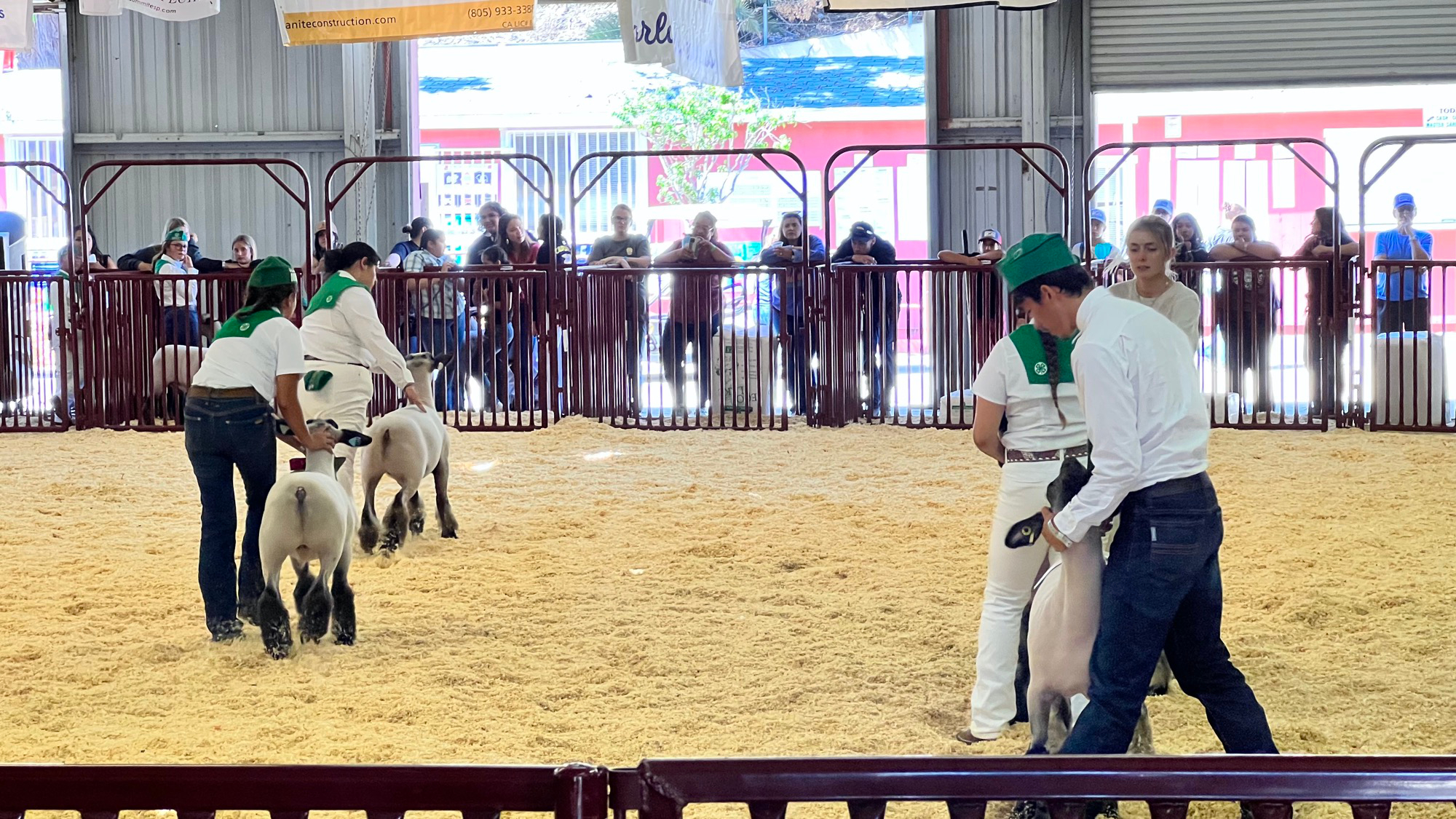
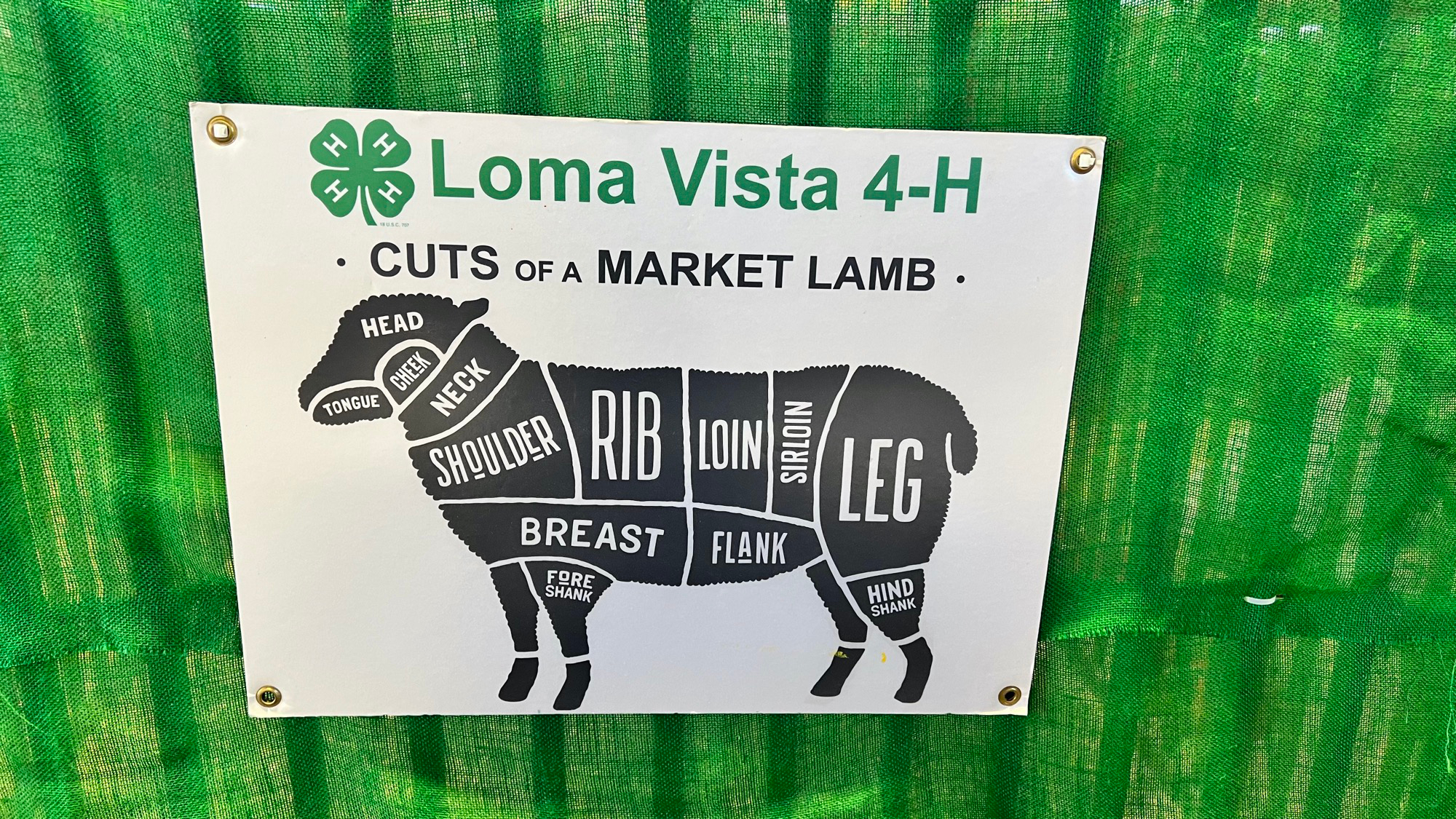
Cuts of a Market Lamb
- Head
- Tongue
- Cheek
- Neck
- Shoulder
- Rib
- Loin
- Sirloin
- Leg
- Breast
- Flank
- Fore Shank
- Hind Shank
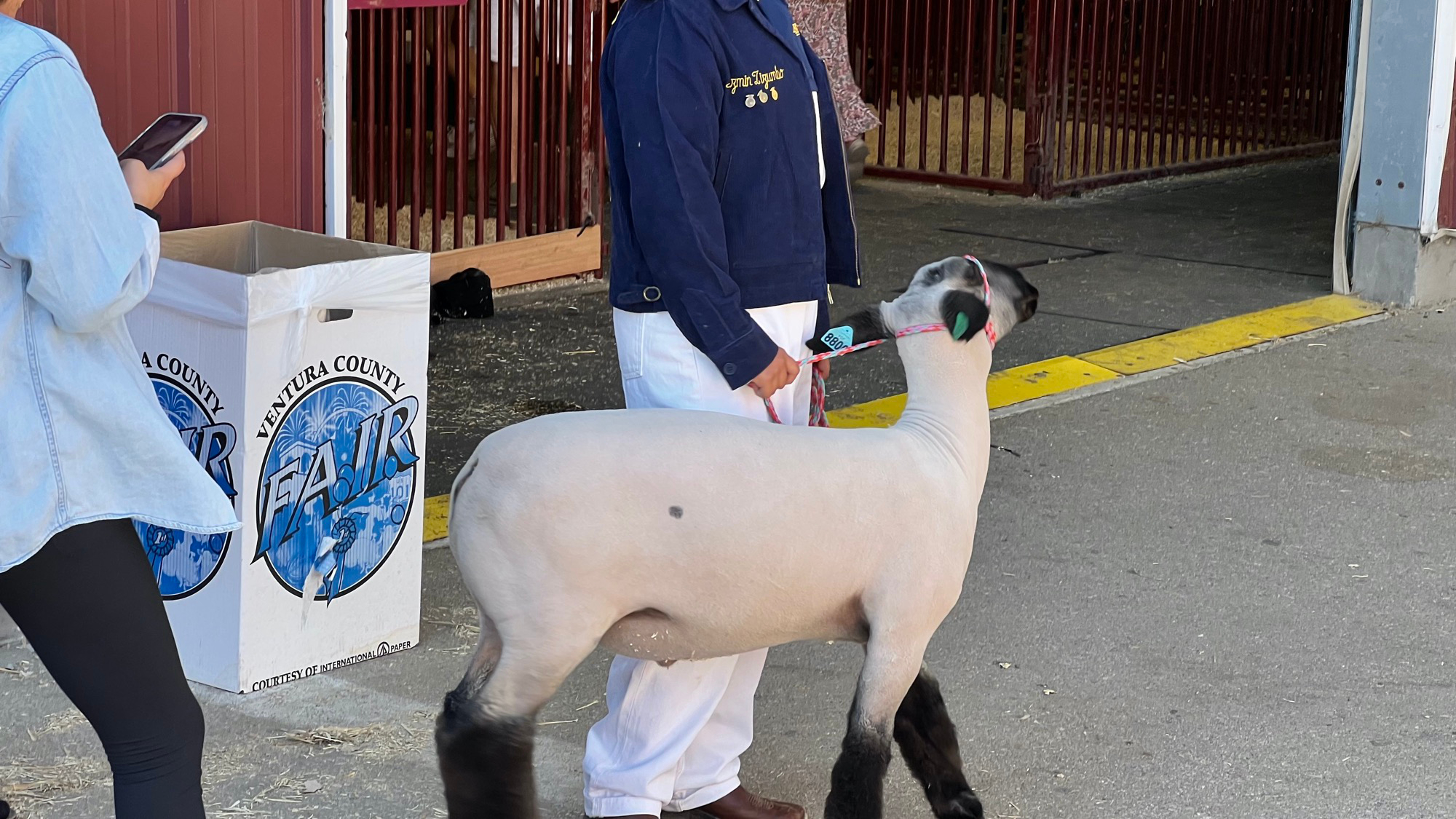
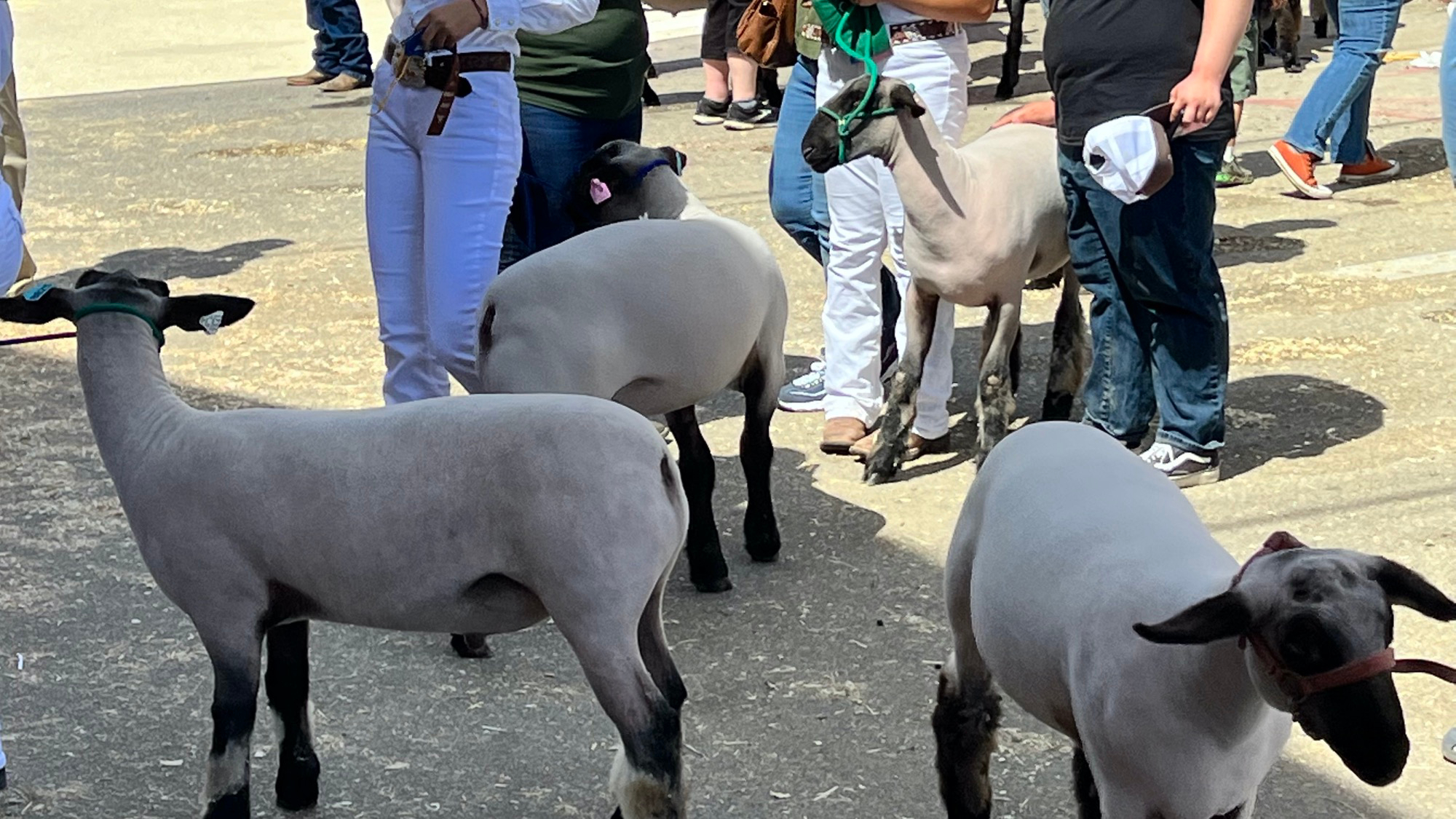
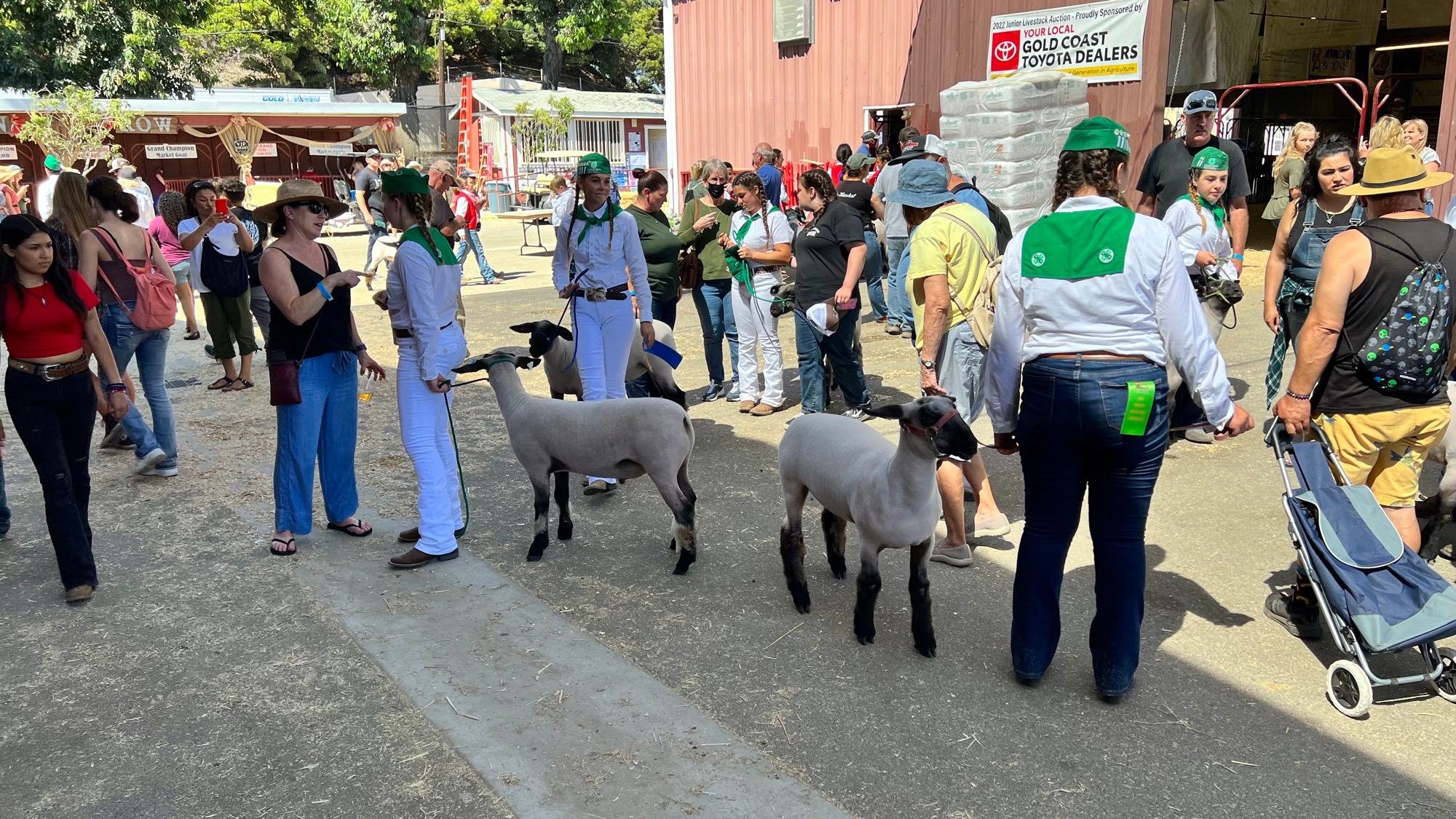
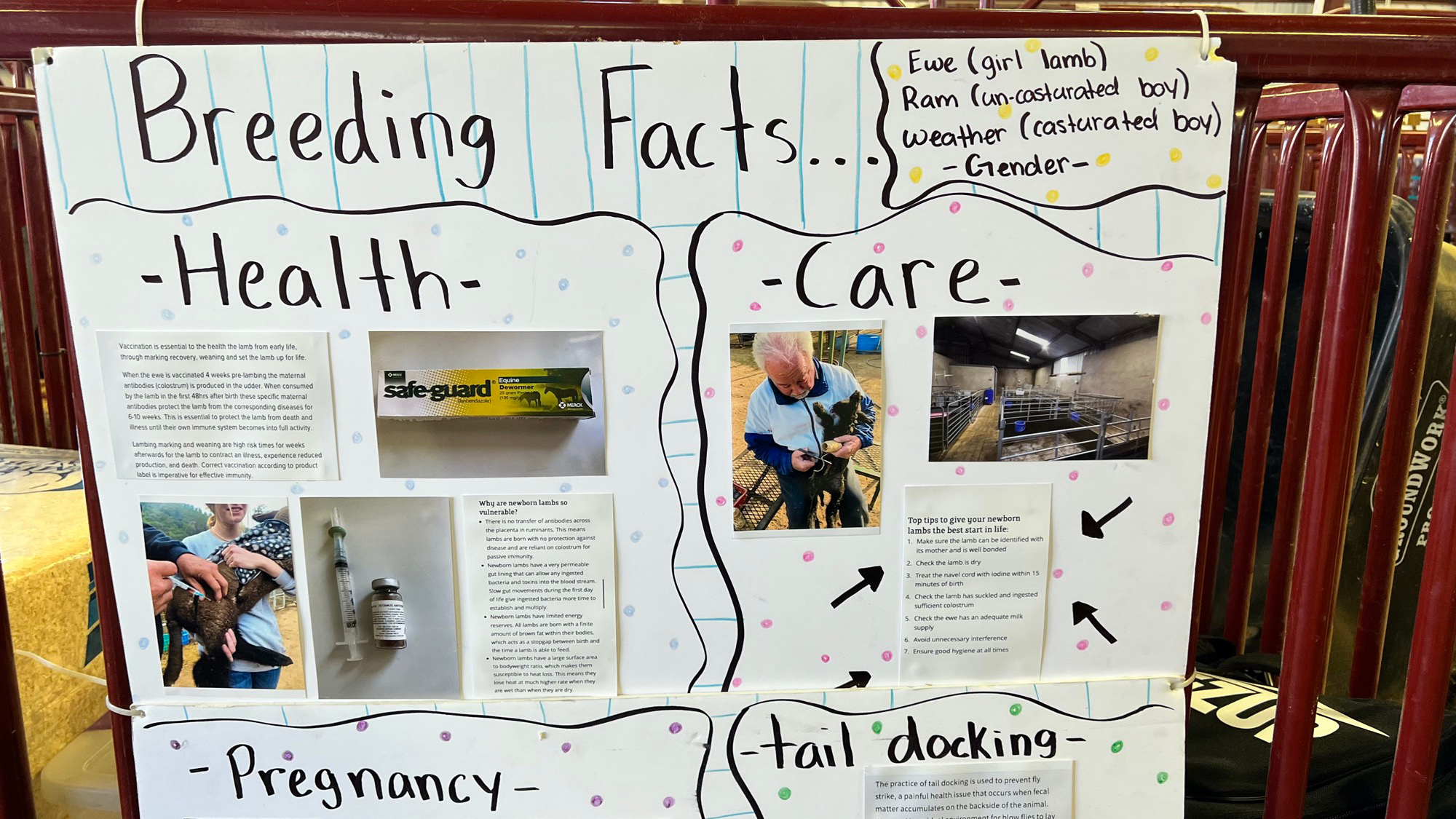
- Ewe (Girl Lamb)
- Ram (Un-Castrated Boy)
- Weather (Castrated Boy)
Health
Vaccination is essential to the health of the lamb from early life, through marking recovery, weaning and set the lamb up for life.
When the ewe is vaccinated 4 weeks pre-lambing the maternal antibodies (colostrum) is produced in the udder. When consumed by the lamb in the first 48hrs after birth these specific maternal antibodies protect the lamb from the corresponding diseases for 6-10 weeks. This is essential to protect the lamb from death and illness until their own immune system becomes into full activity.
Lambing marking and weaning are high risk times for weeks afterwards for the lamb to contract an illness, experience reduced production, and death. Correct vaccination according to product label is imperative for effective immunity.
Why are newborn lambs so vulnerable?
- There is no transfer of antibodies across the placenta in ruminants. This means lambs are born with no protection against disease and are reliant on colostrum for passive immunity.
- Newborn lambs have a very permeable gut lining that can allow any ingested bacteria and toxins into the blood stream. Slow gut movements during the first day of life give ingested bacteria more time to establish and multiply.
- Newborn lambs have limited energy reserves. All lambs are born with a finite amount of brown fat within their bodies, which acts as a stopgap between birth and the time a lamb is able to feed.
- Newborn lambs have a large surface area to body weight ratio, which makes them susceptible to heat loss. This means they lose heat at much higher rate when they are wet than when they are dry.
Care
Top tips to give your newborn lambs the best start in life:
- Make sure the lamb can be identified with its mother and is well bonded
- Check the lamb is dry
- Treat the navel cord with iodine within 15 minutes of birth
- Check the lamb has suckled and ingested sufficient colostrum
- Check the ewe has an adequate milk supply
- Avoid unnecessary interference
- Ensure good hygiene at all times
Pregnancy
Gestation period for sheep
The average gestation period for sheep is around five months, although this may be a little shorter in some cases.
However, a ewe's pregnancy is not usually obvious until about six weeks before giving birth to her offspring.
To avoid guesswork, a marking harness attached to the ram's chest can be used to leave a mark on any ewe that has been mounted. This will give a good indication of when to expect the lambs to arrive.
Before you Breed
Pre-season lambing activities checklist:
- Increase level of ewe nutrition six weeks prior to lambing
- Crutch or shear awes
- Booster Immunizations which may include C, D and T
- Trim feet
- Clean out barn and set up lambing pens
- Check heat lamps, feeders, and water buckets
- Get lambing equipment supplies together
Lambing equipment supplies checklist:
- Iodine (usually 7%)
- Towels
- Plastic sleeves and disposable gloves
- O.B. lube
- Scissors
- Ewe restrainer
- Baby bottle
- Stomach tube and two-ounce syringe
- Uterine boluses
- Halter
- Lamb milk replacer and colostrum replacer
Tail Docking
The practice of tail docking is used to prevent fly strike, a painful health issue that occurs when fecal matter accumulates on the backside of the animal.
Wet wool is an ideal environment for blow flies to lay eggs, which develop into maggots that feed on the sheep's flesh.
Therefore, fly strike can be a cruel and harmful problem if left unattended, and is the primary reason sheep tails are docked - to keep the animal cleaner and prevent a future harmful situation.
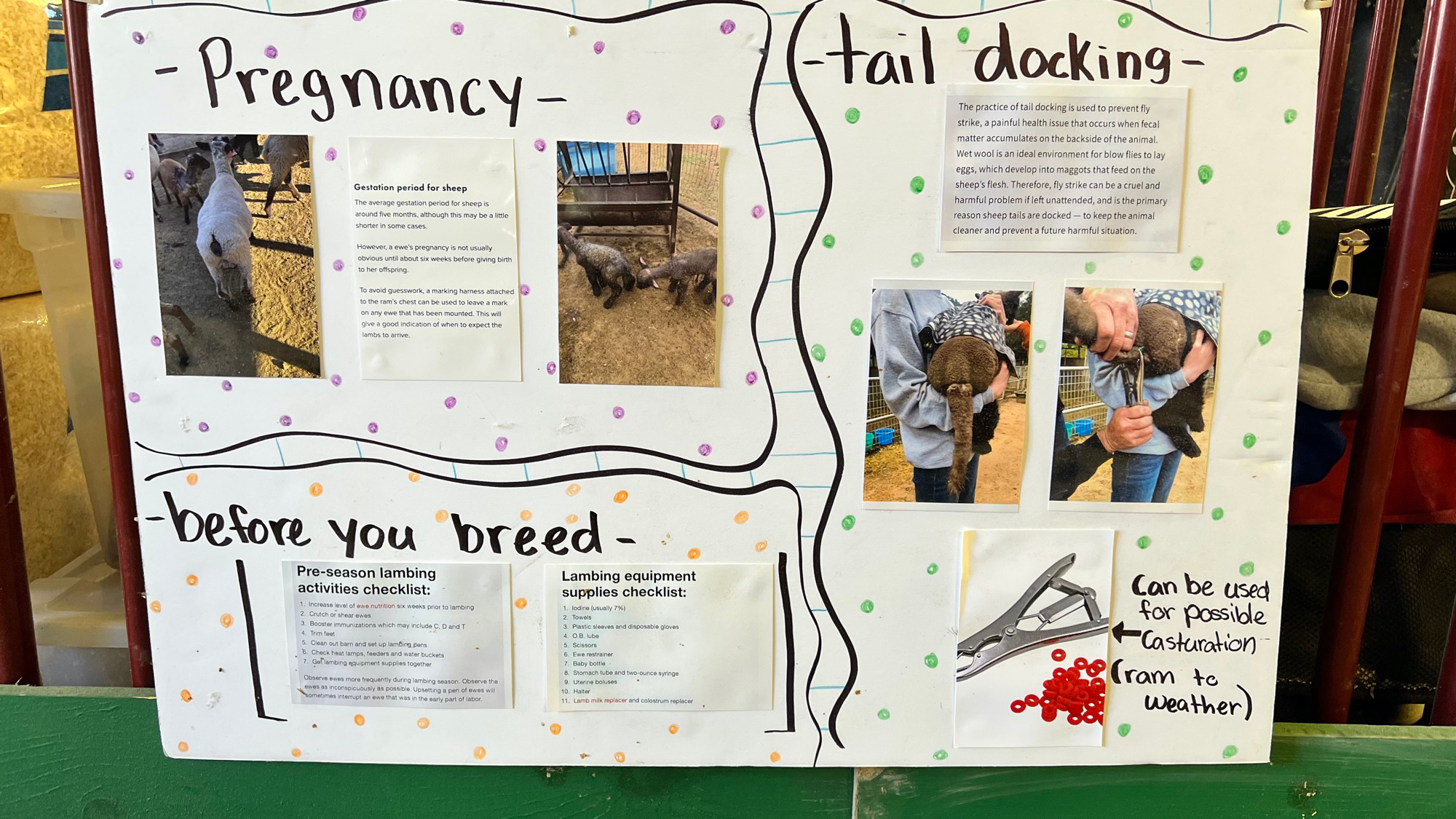
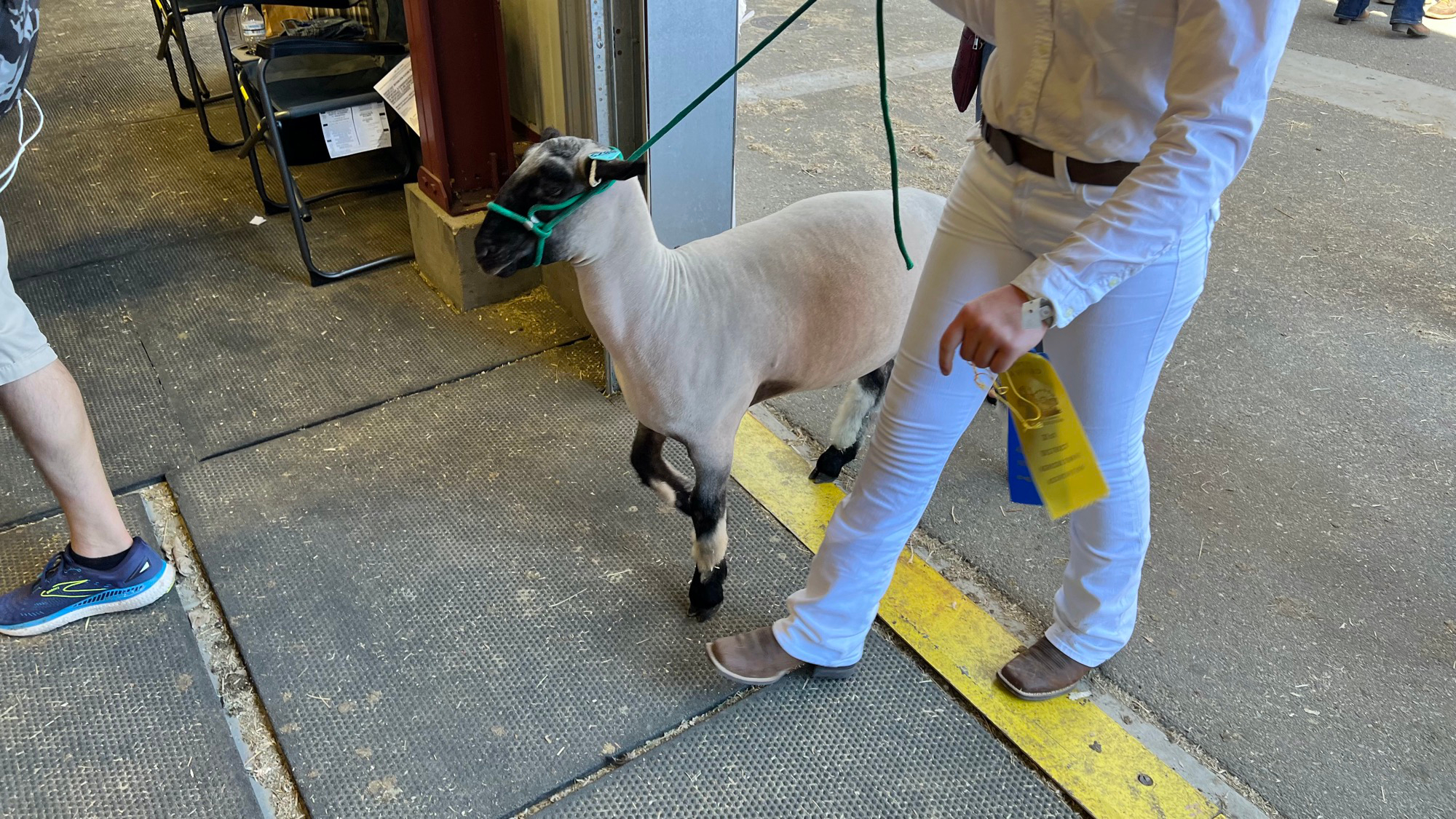
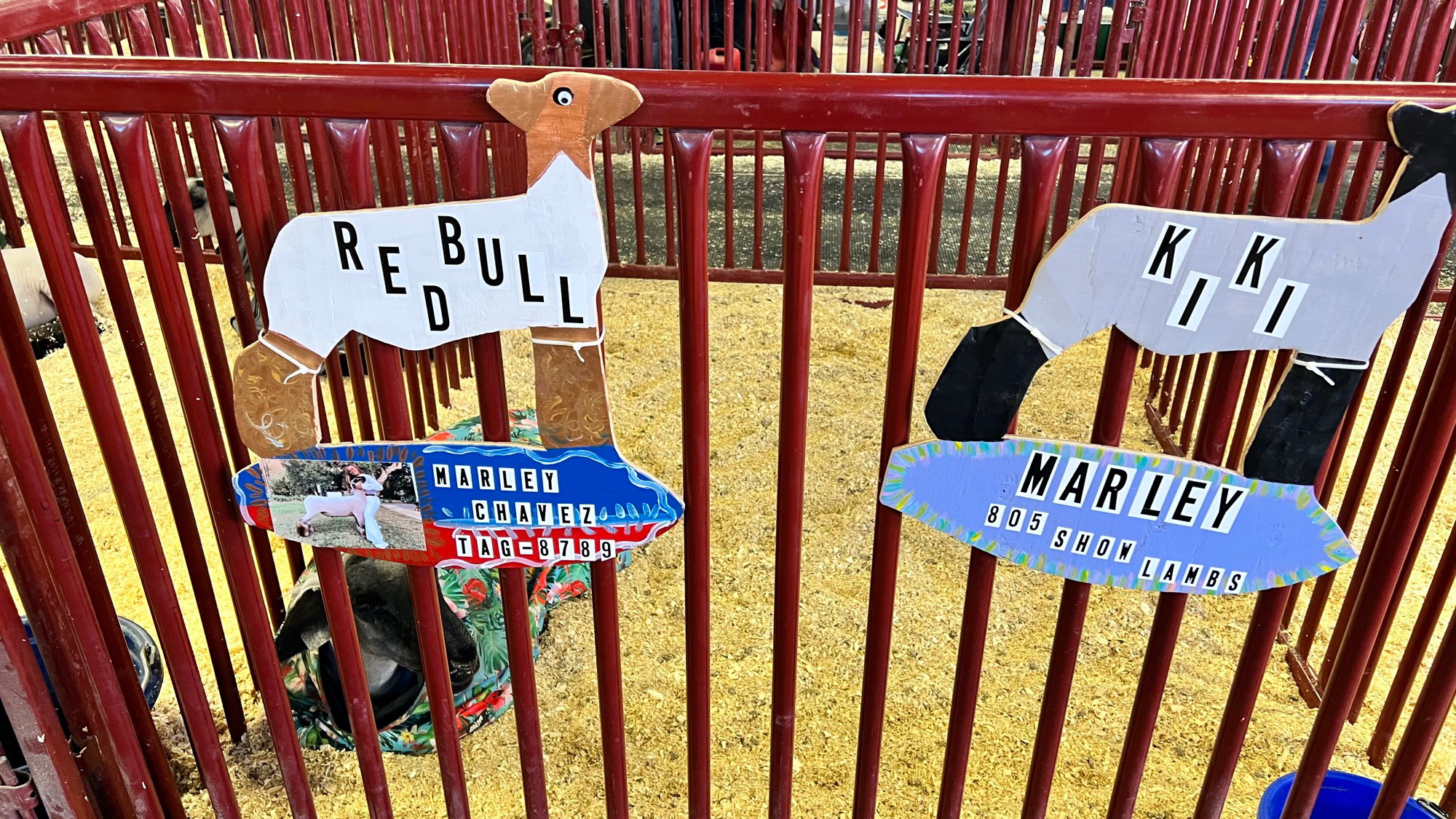
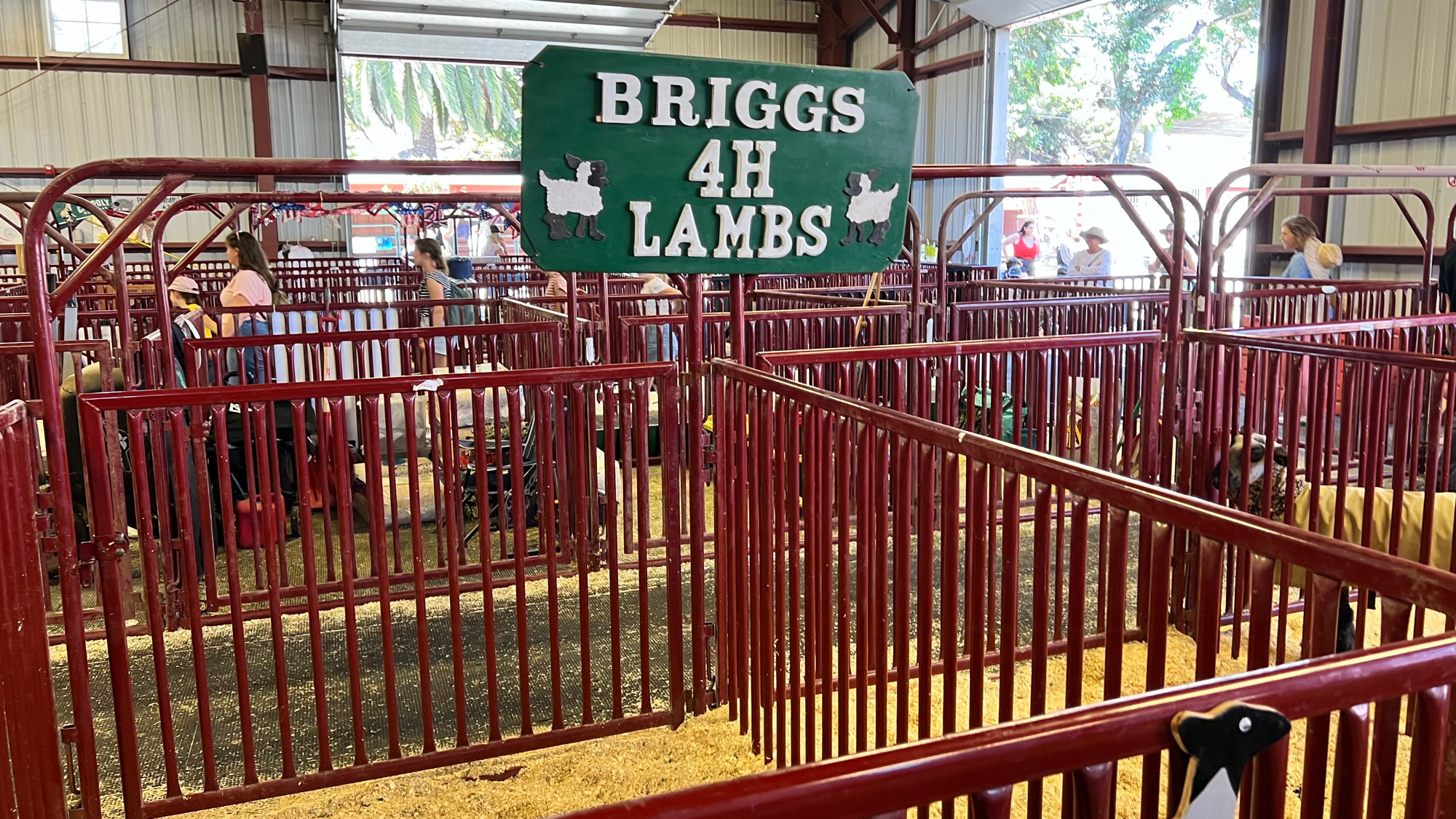
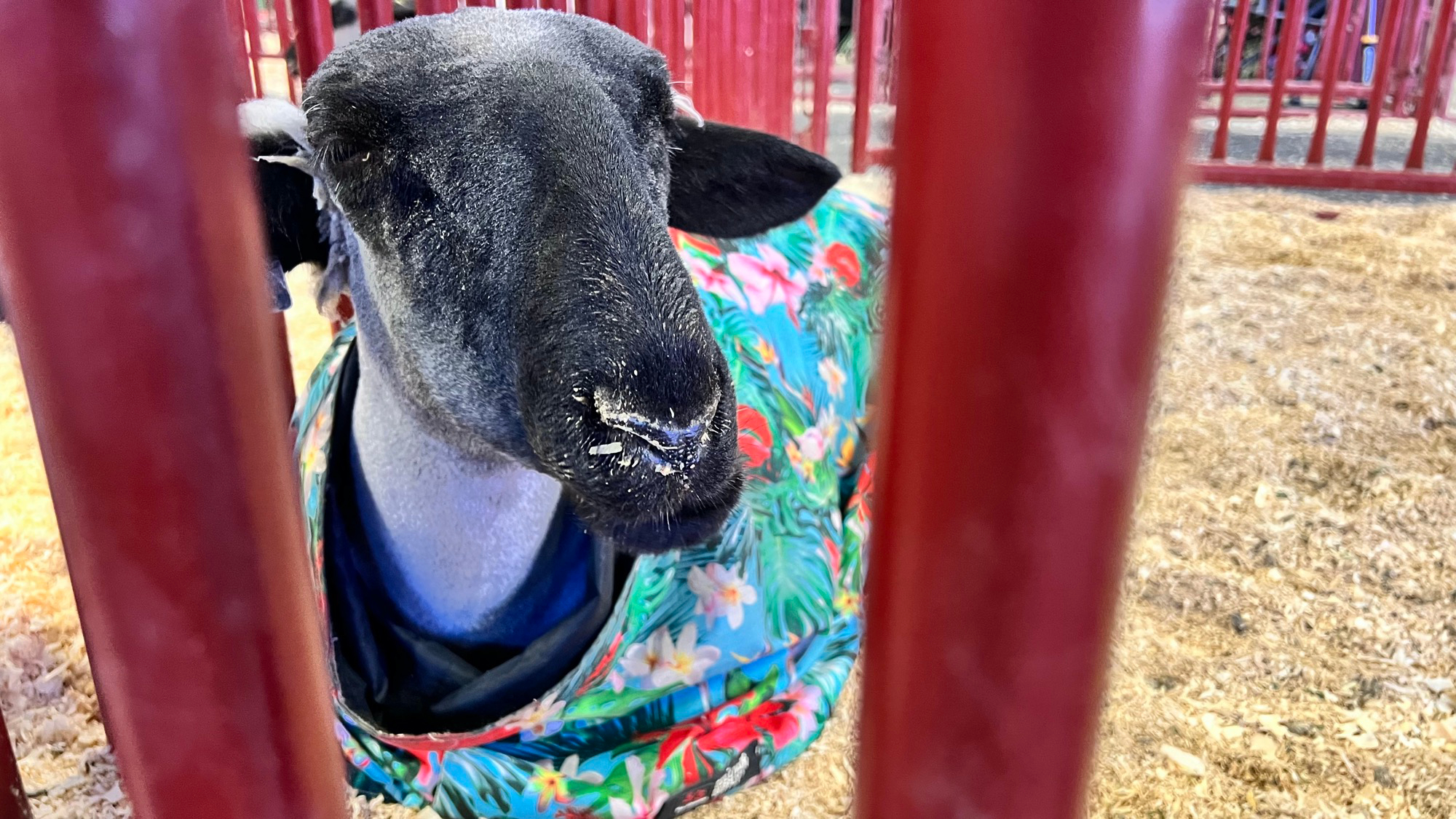
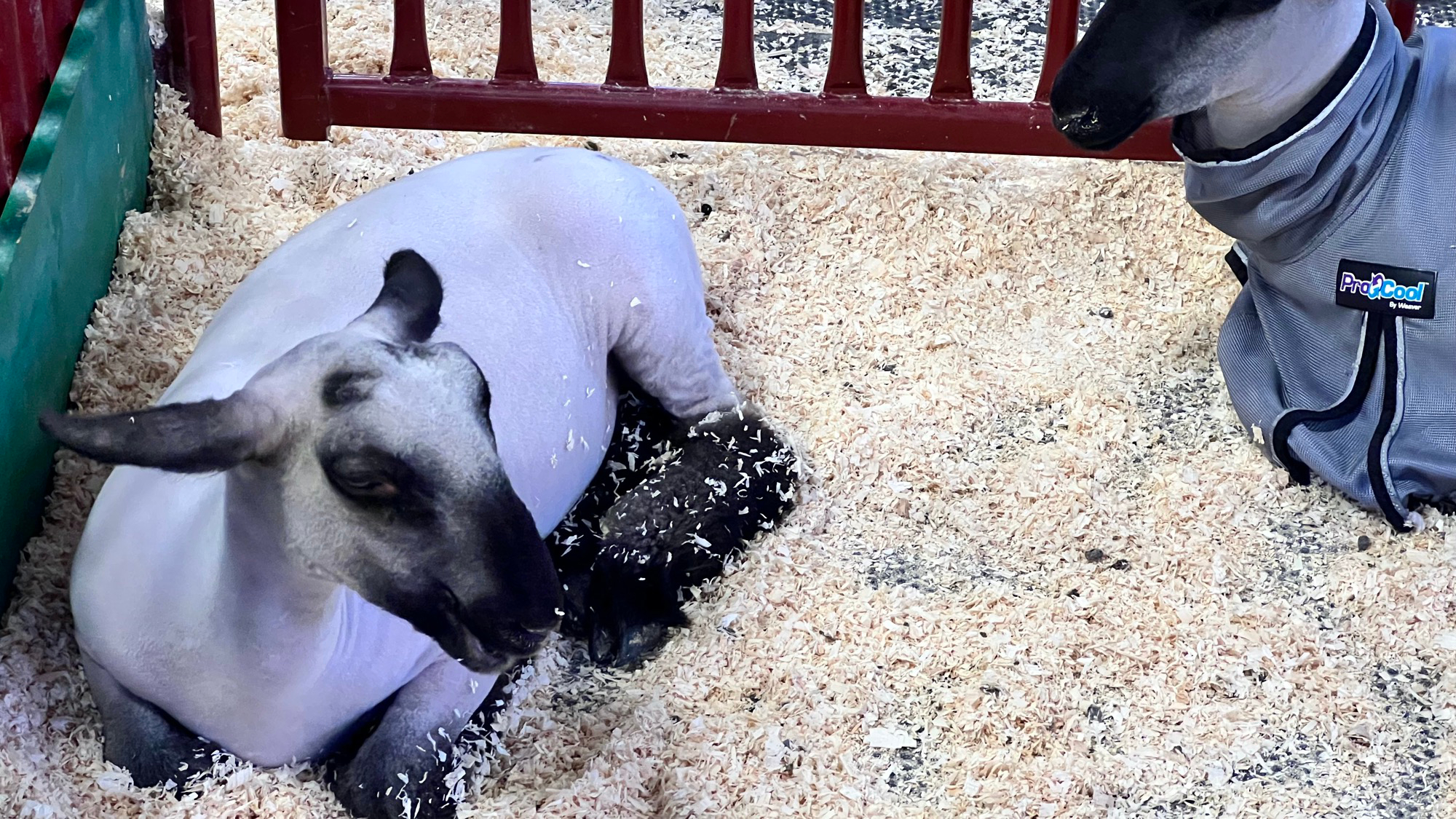
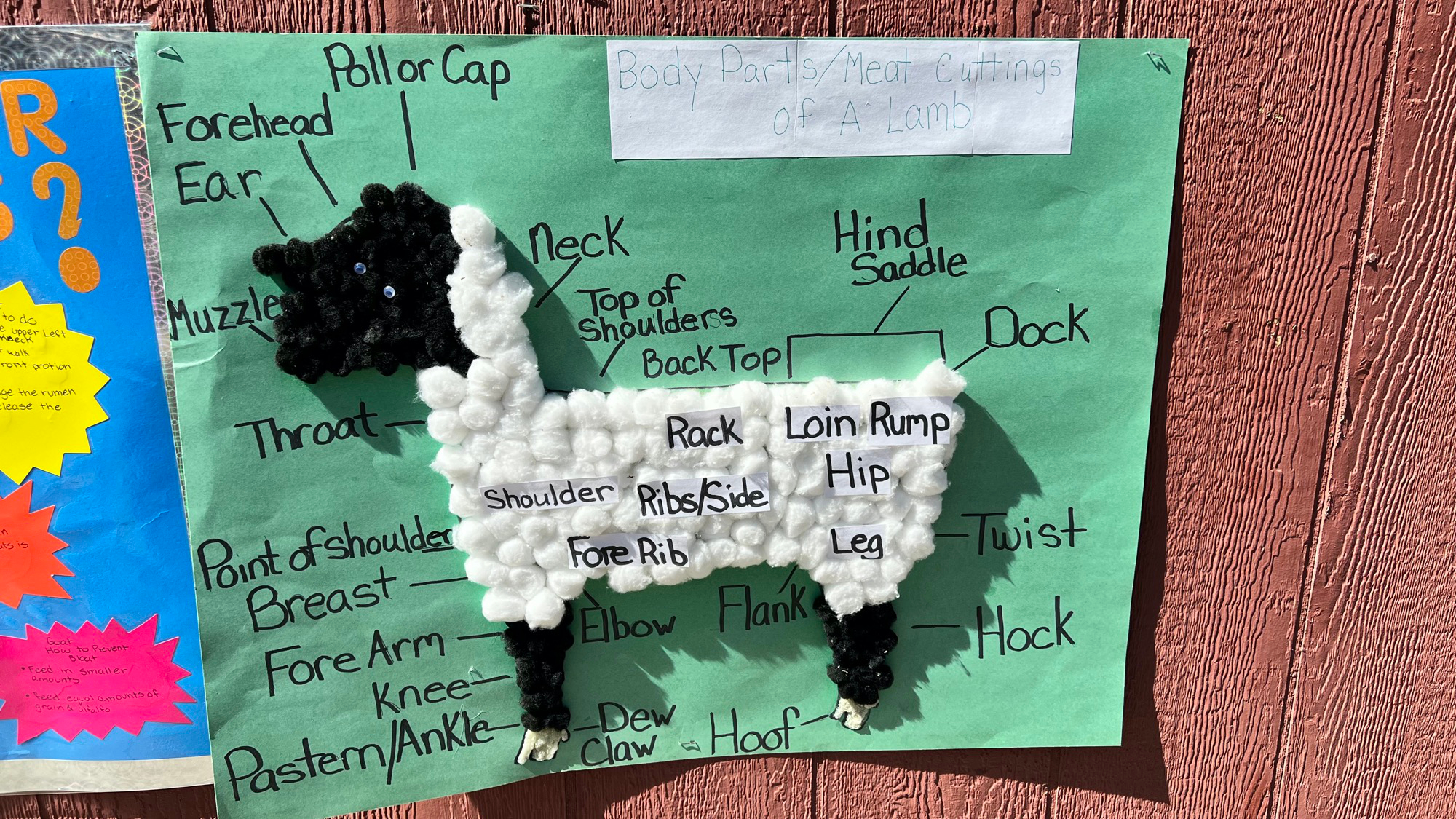
- Poll or Cap
- Forehead
- Ear
- Muzzle
- Throat
- Point of Shoulder
- Breast
- Fore Arm
- Knee
- Pastern / Ankle
- Neck
- Top of Shoulders
- Back Top
- Hind Saddle
- Dock
- Rack
- Loin Rump
- Shoulder
- Ribs/Side
- Hip
- Fore Rib
- Leg
- Elbow
- Flank
- Dew Claw
- Hoof
- Twist
- Hock
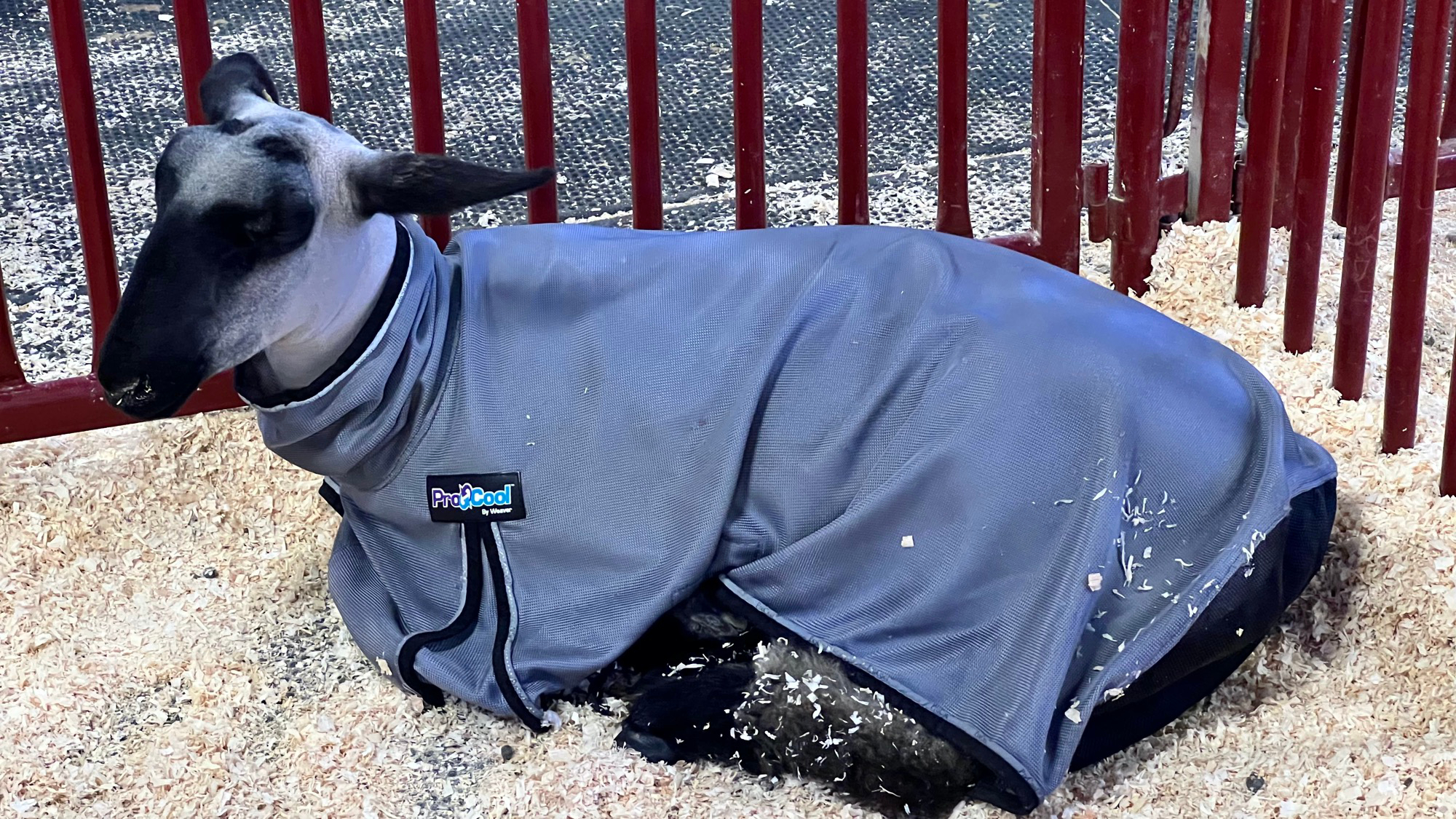
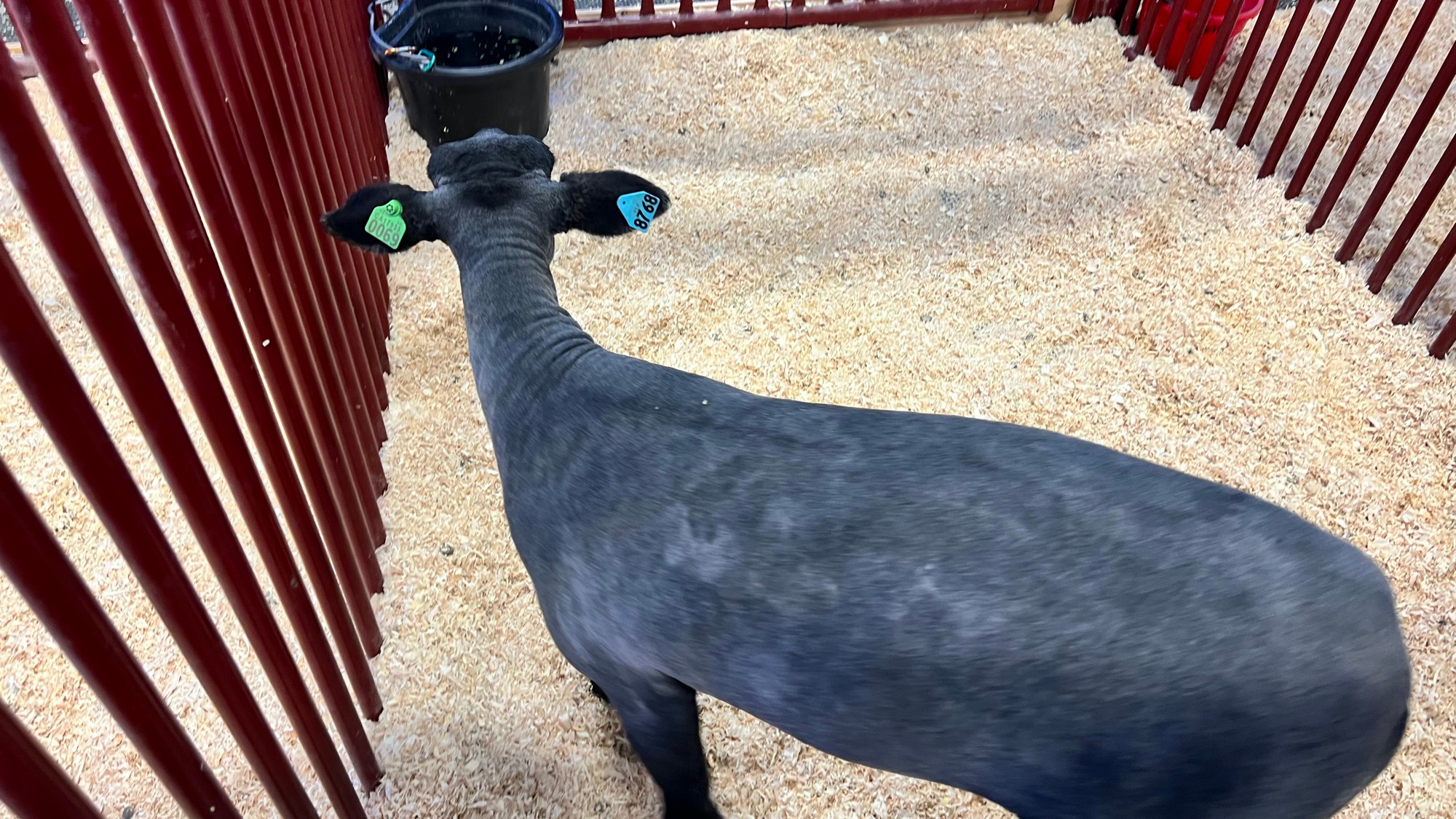
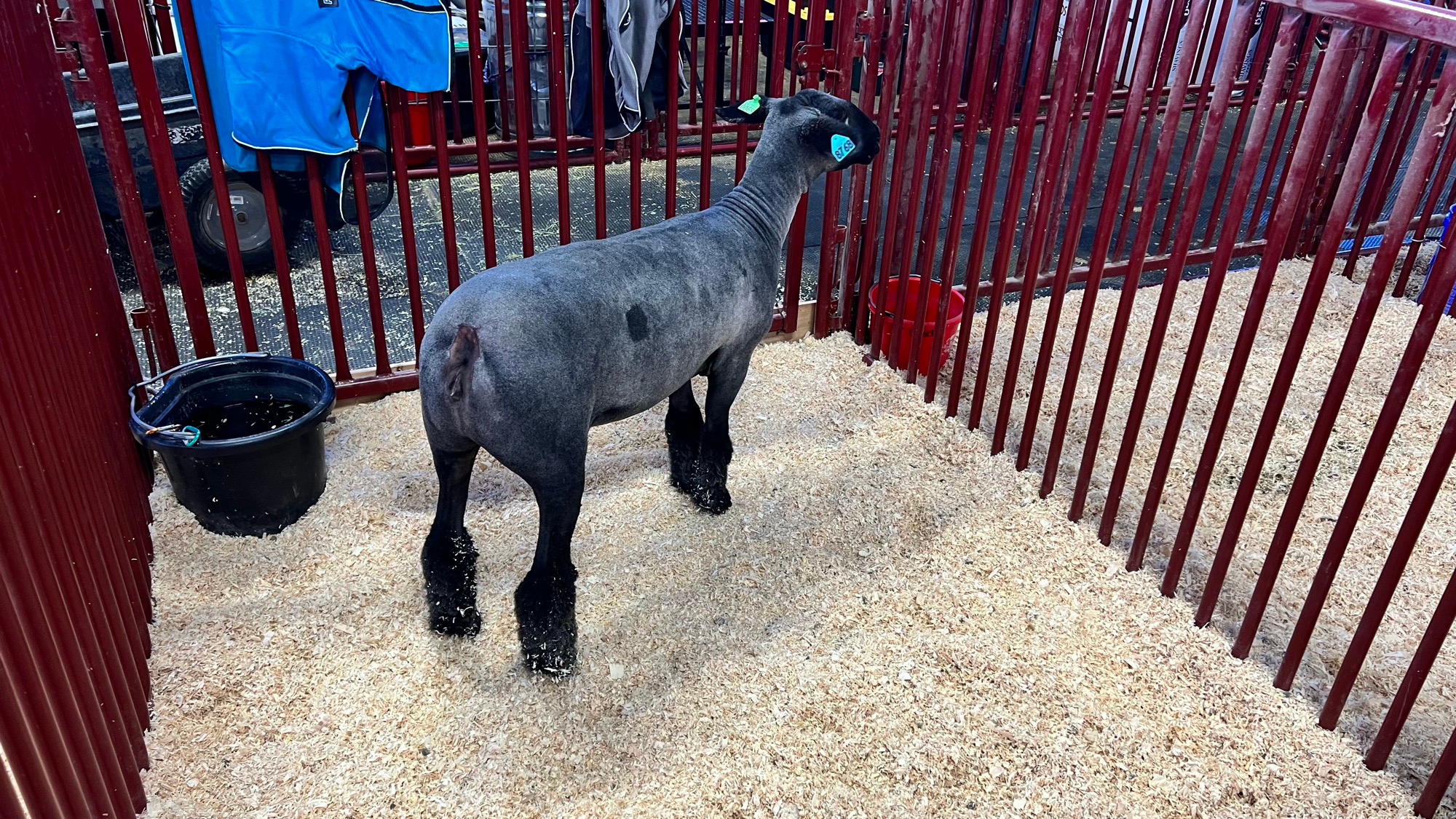
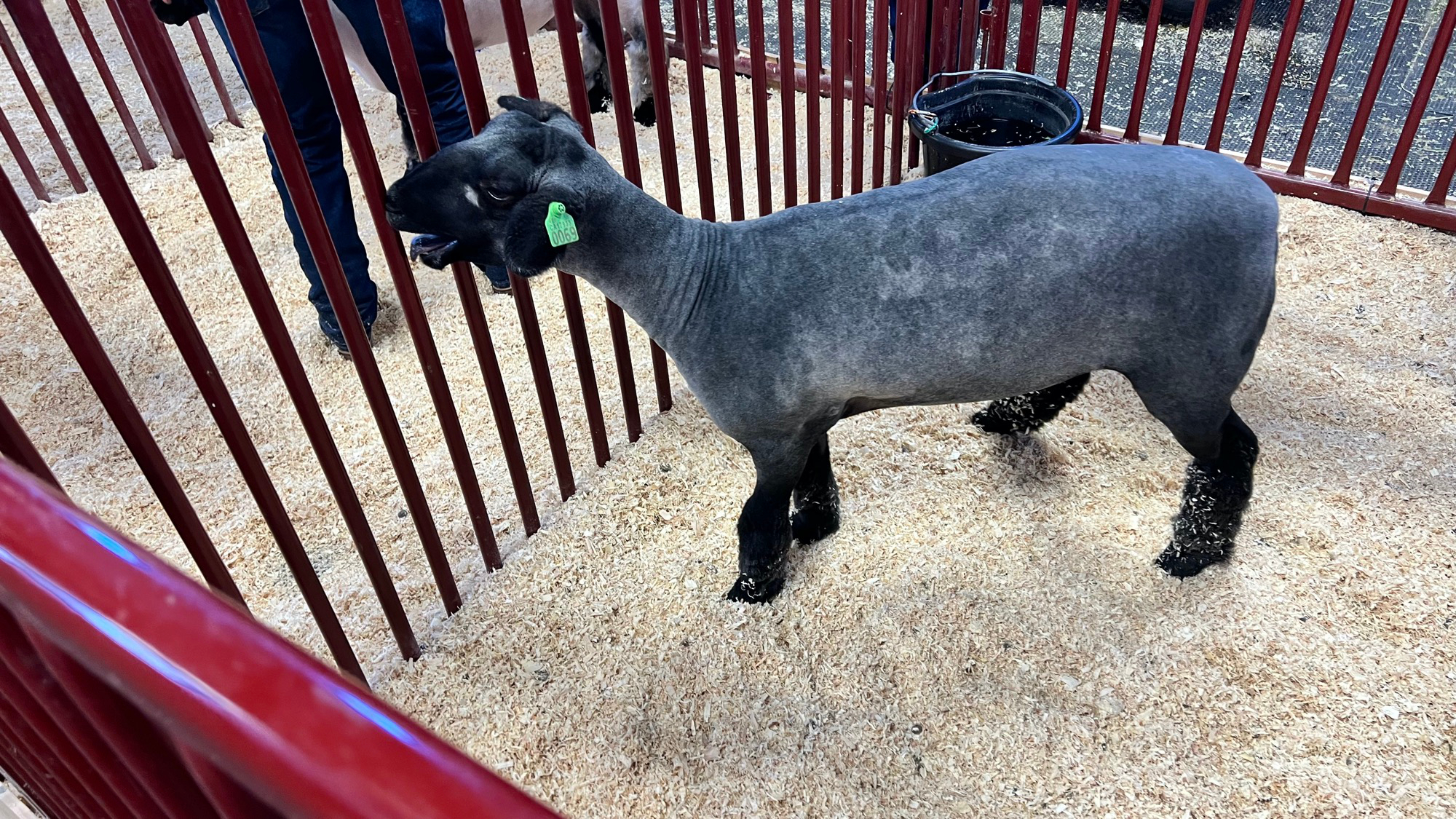
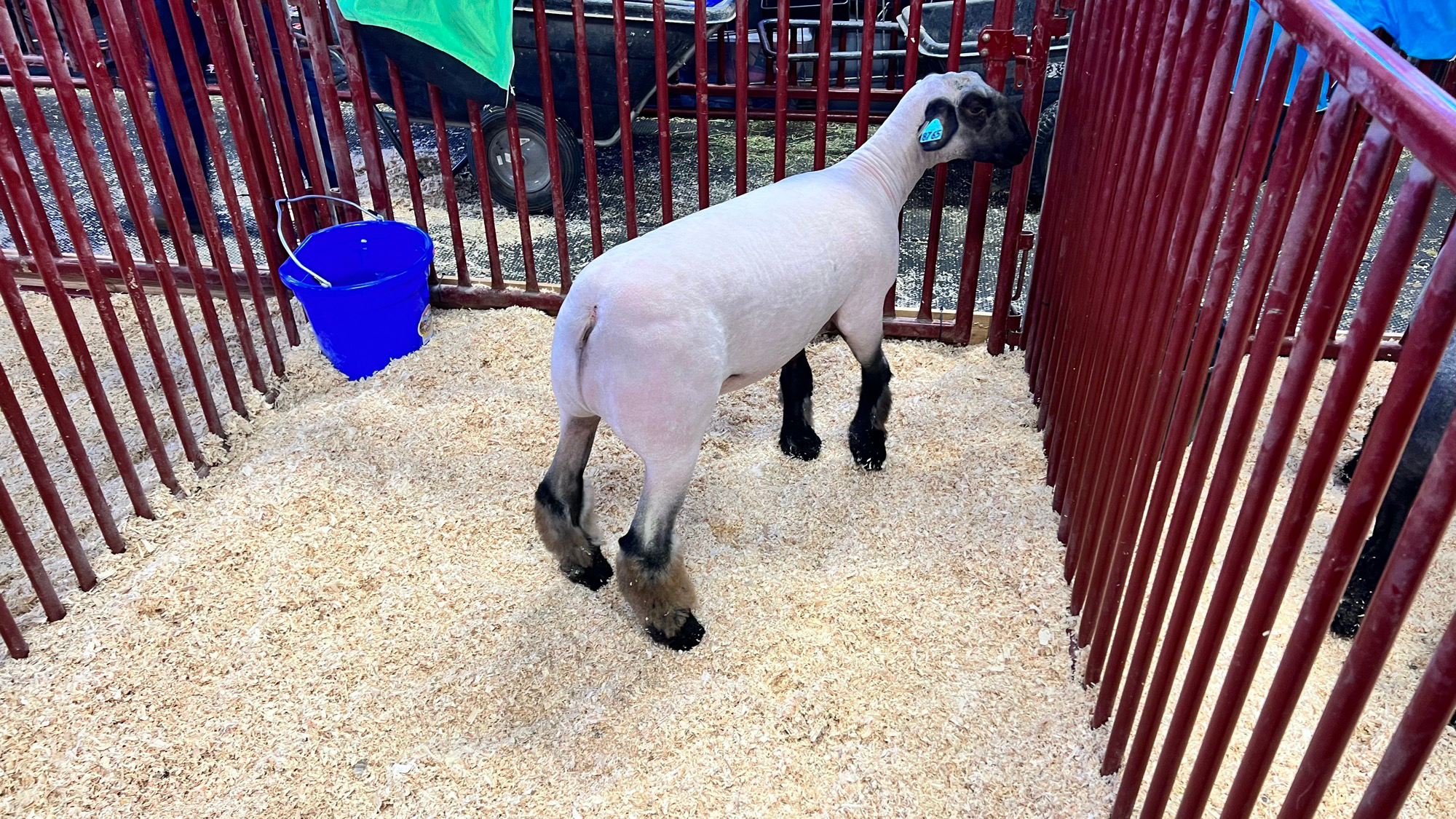
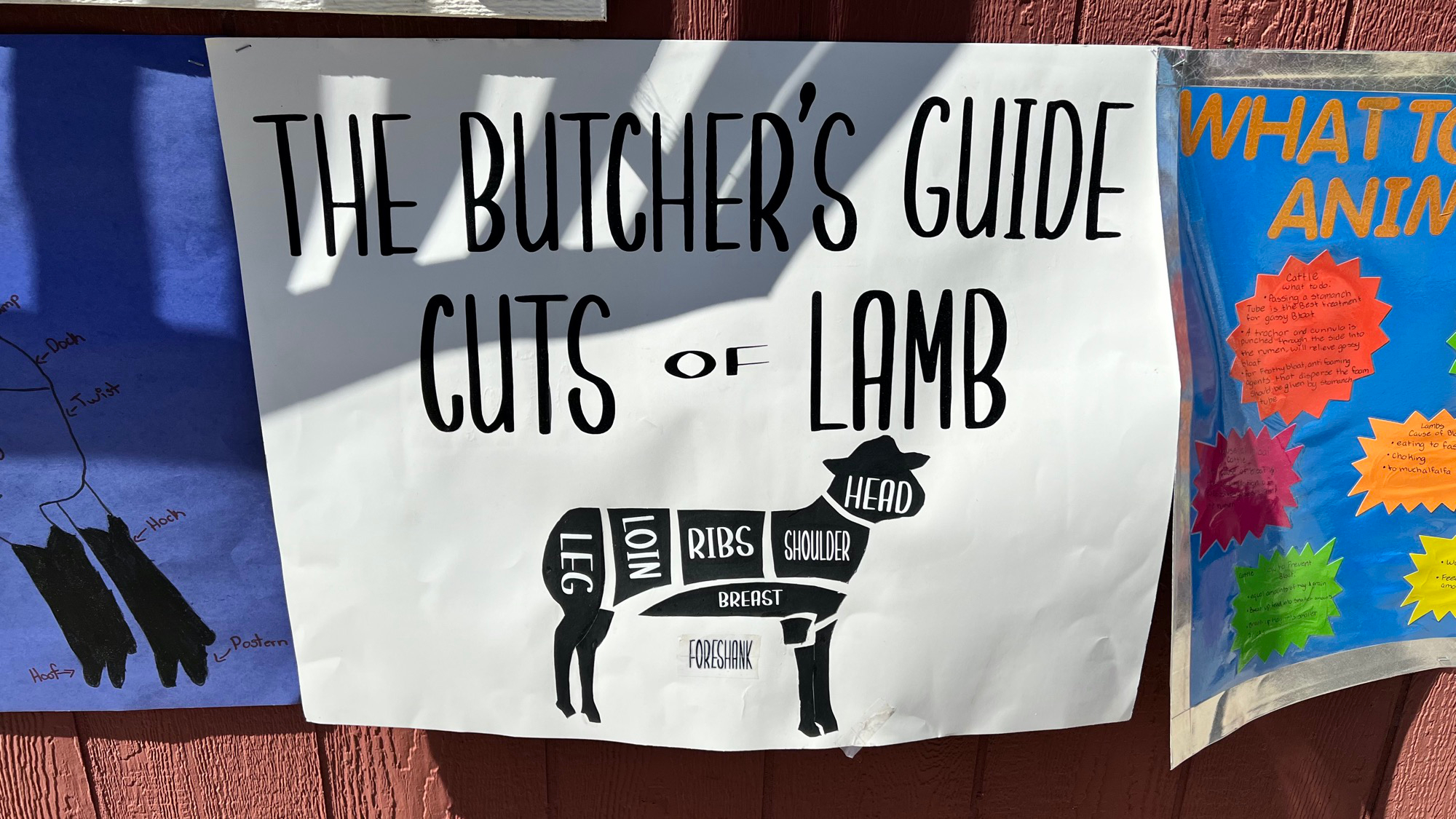
Cuts of Lamb
- Head
- Shoulder
- Ribs
- Breast
- Loin
- Leg
- Foreshank
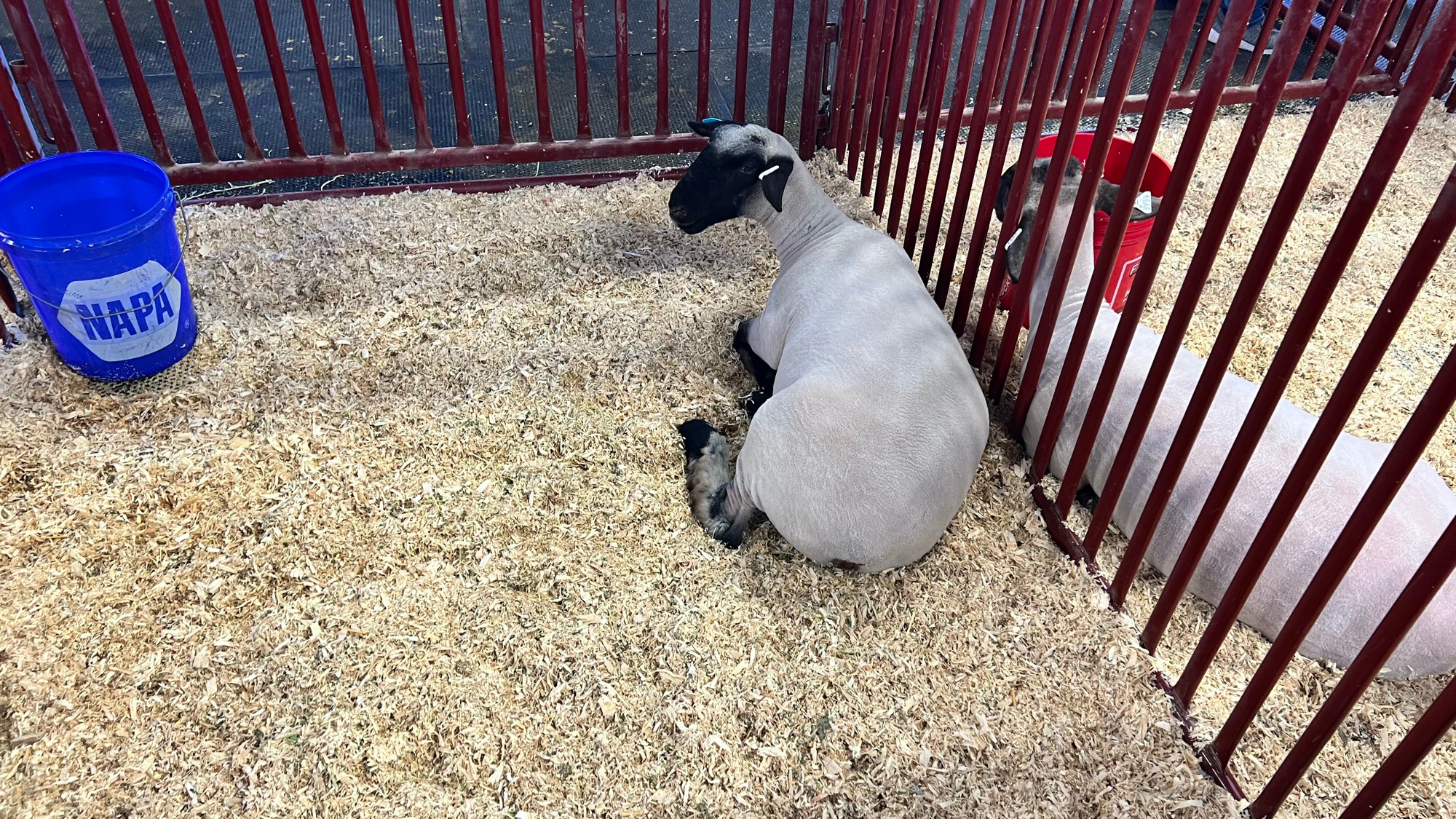
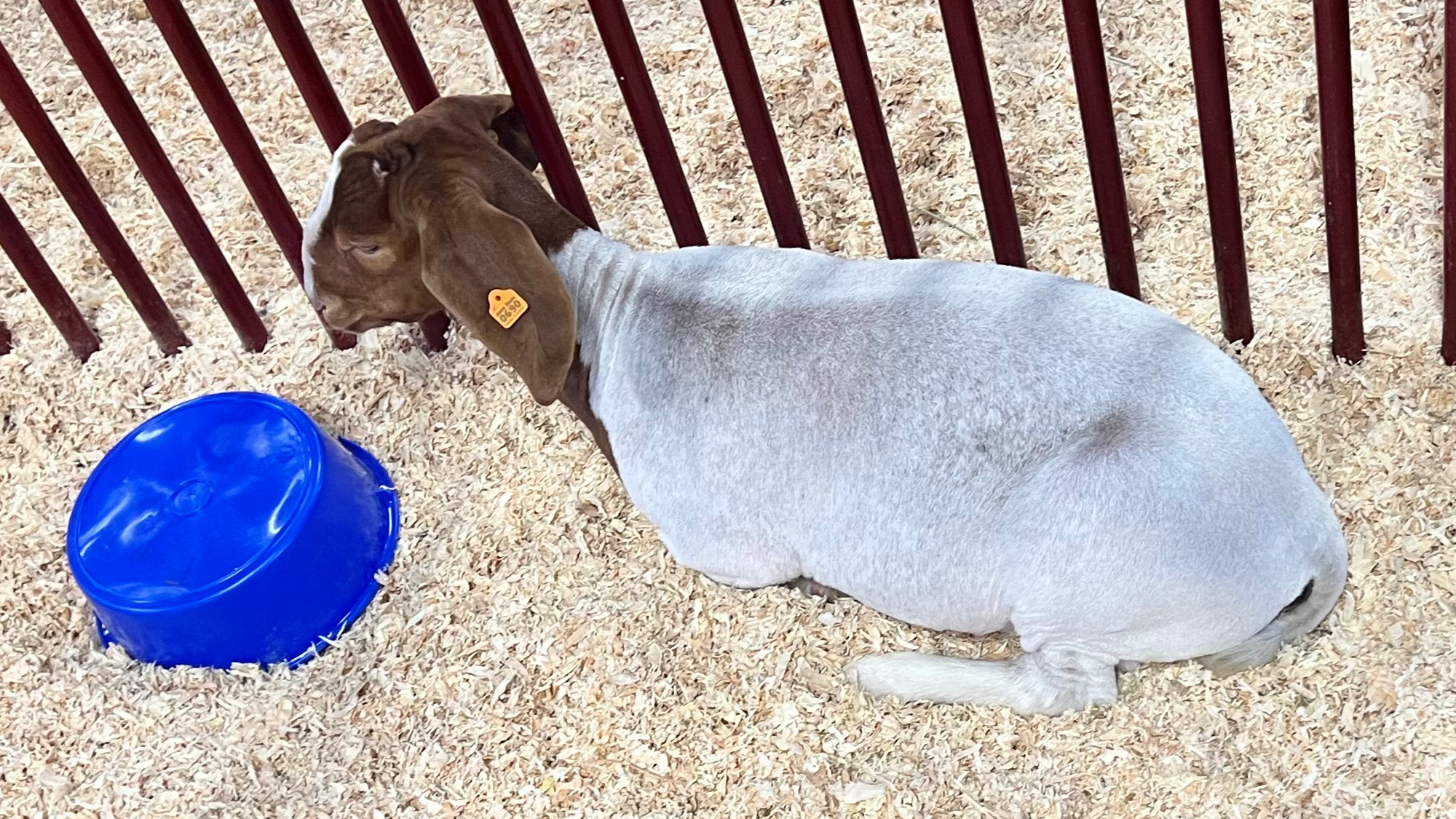
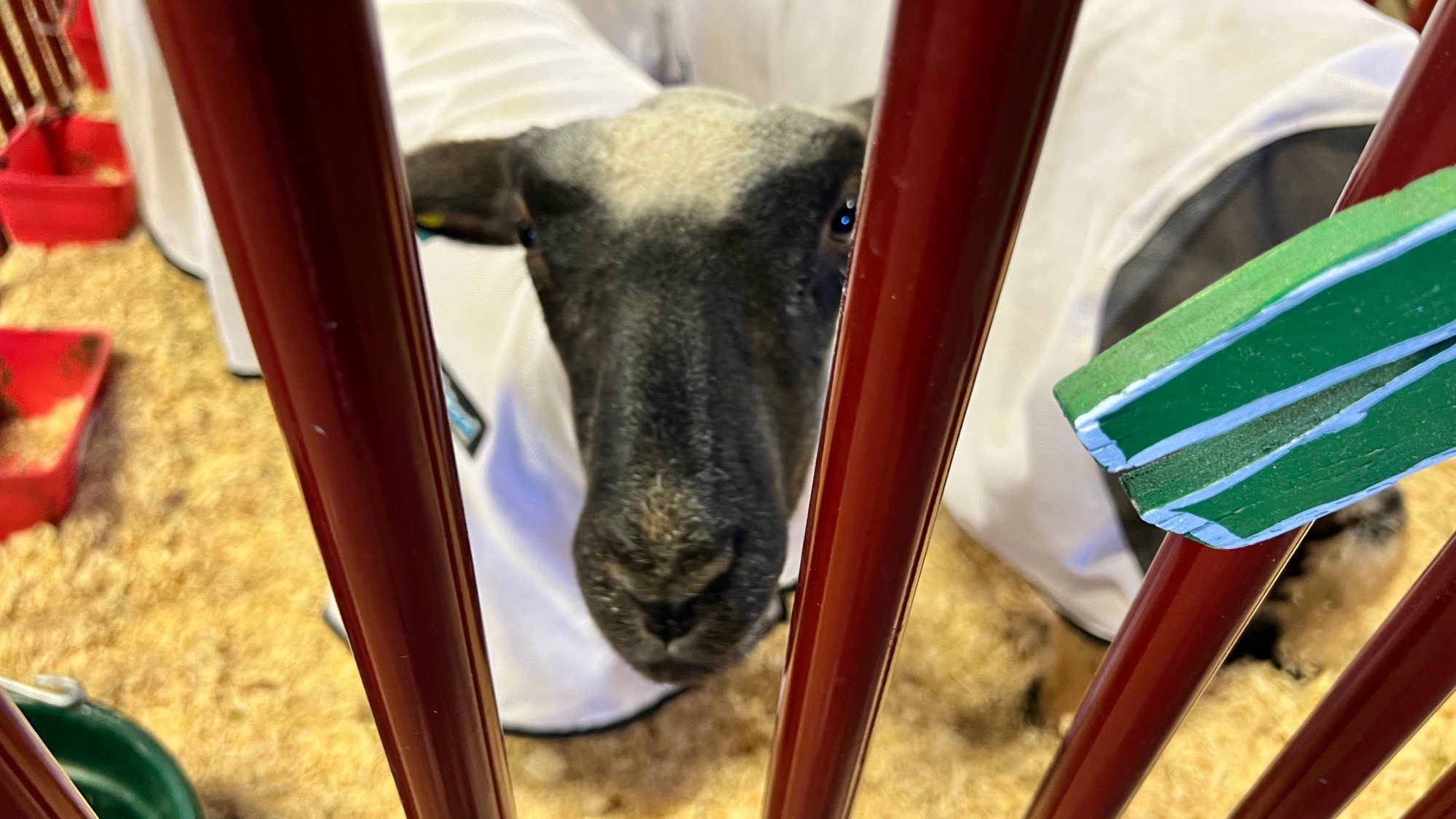
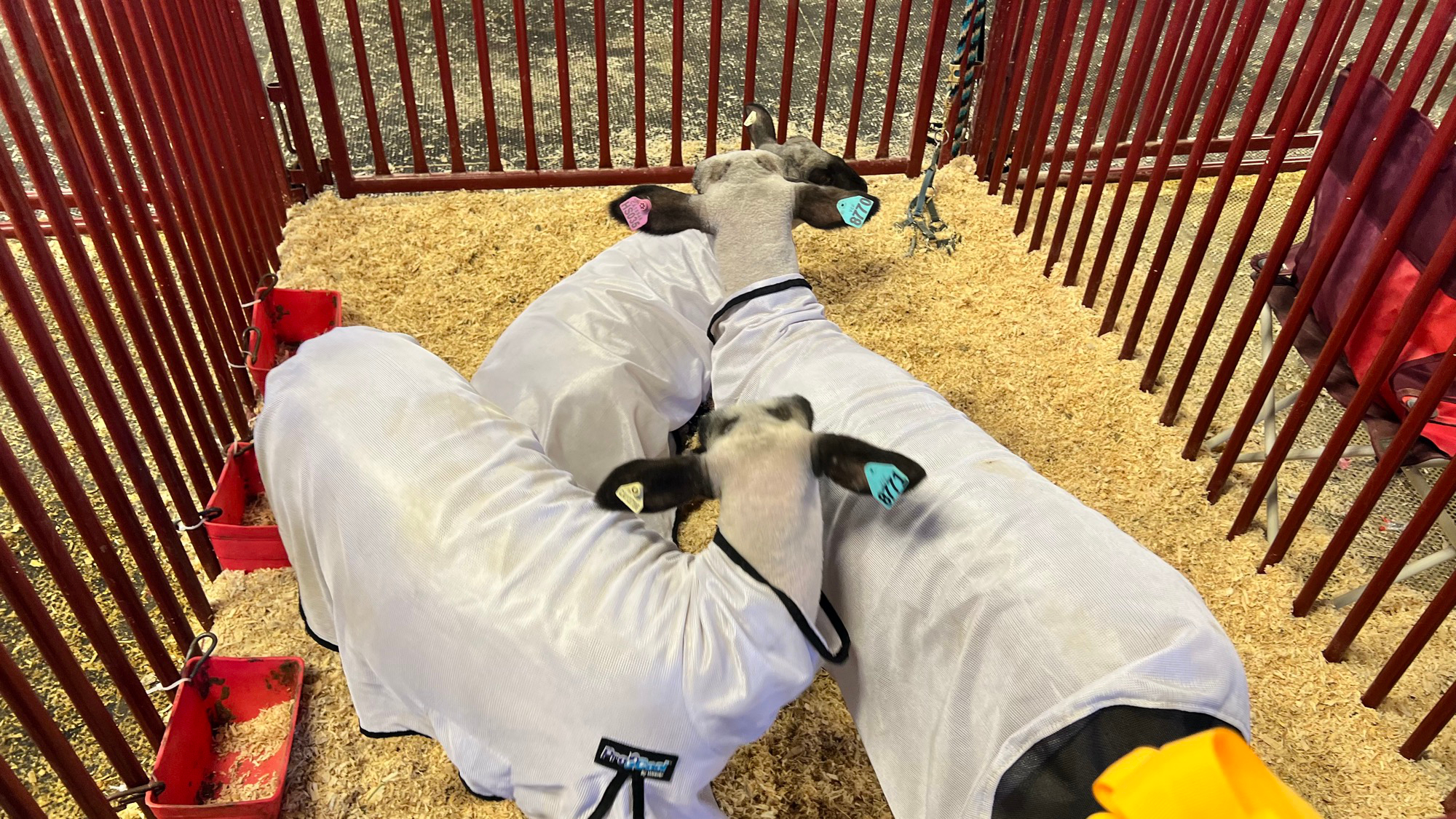
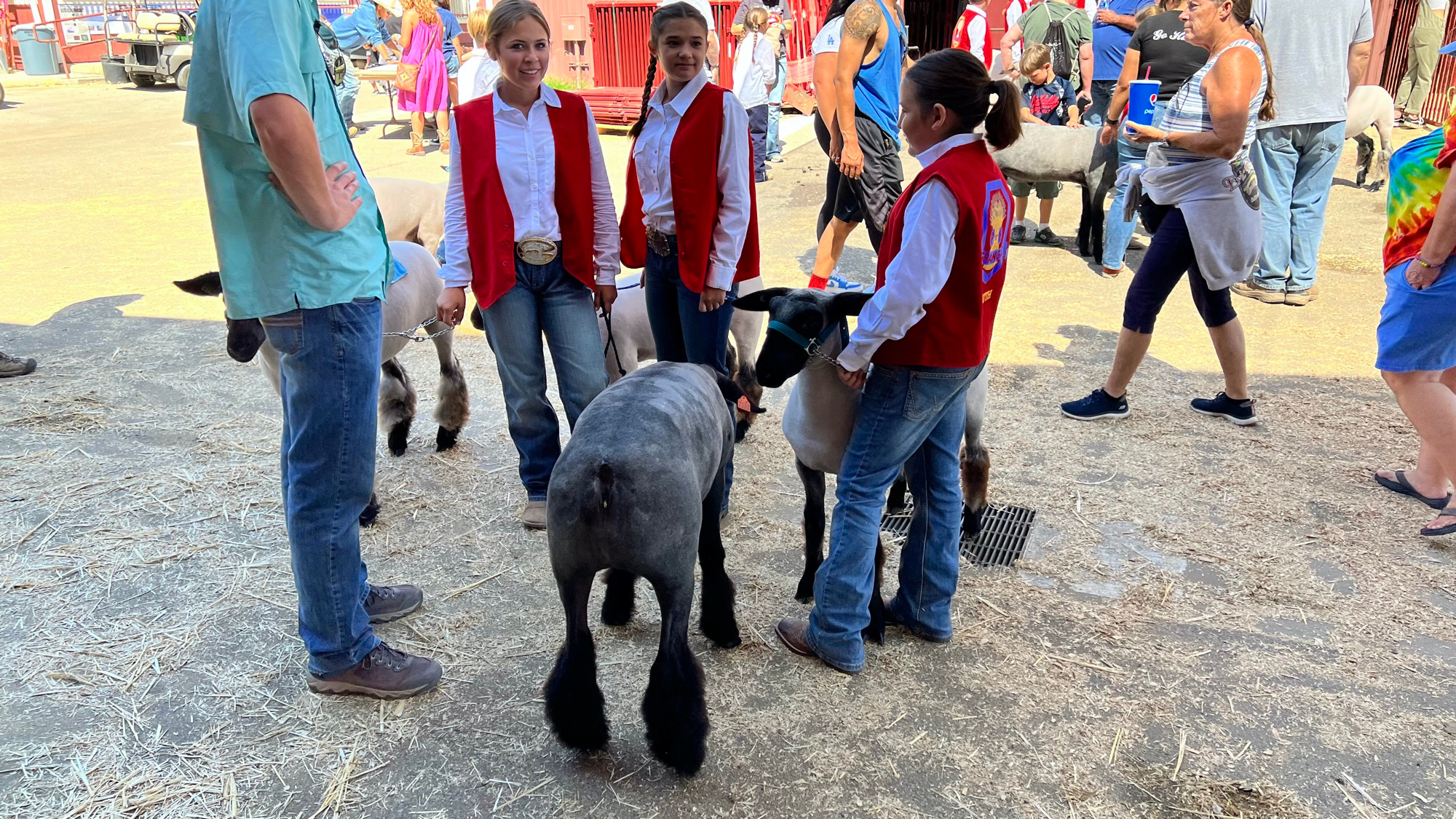
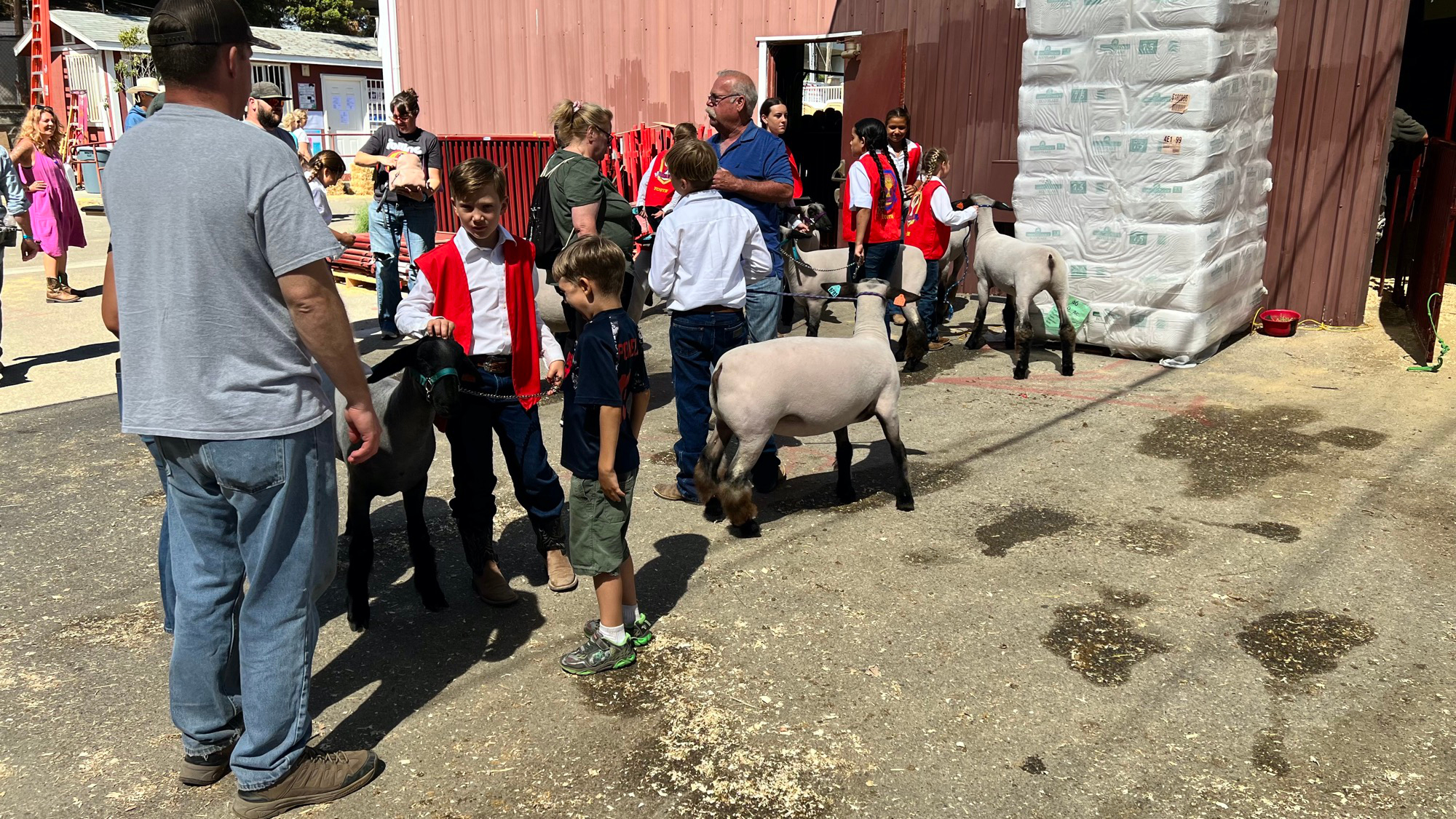
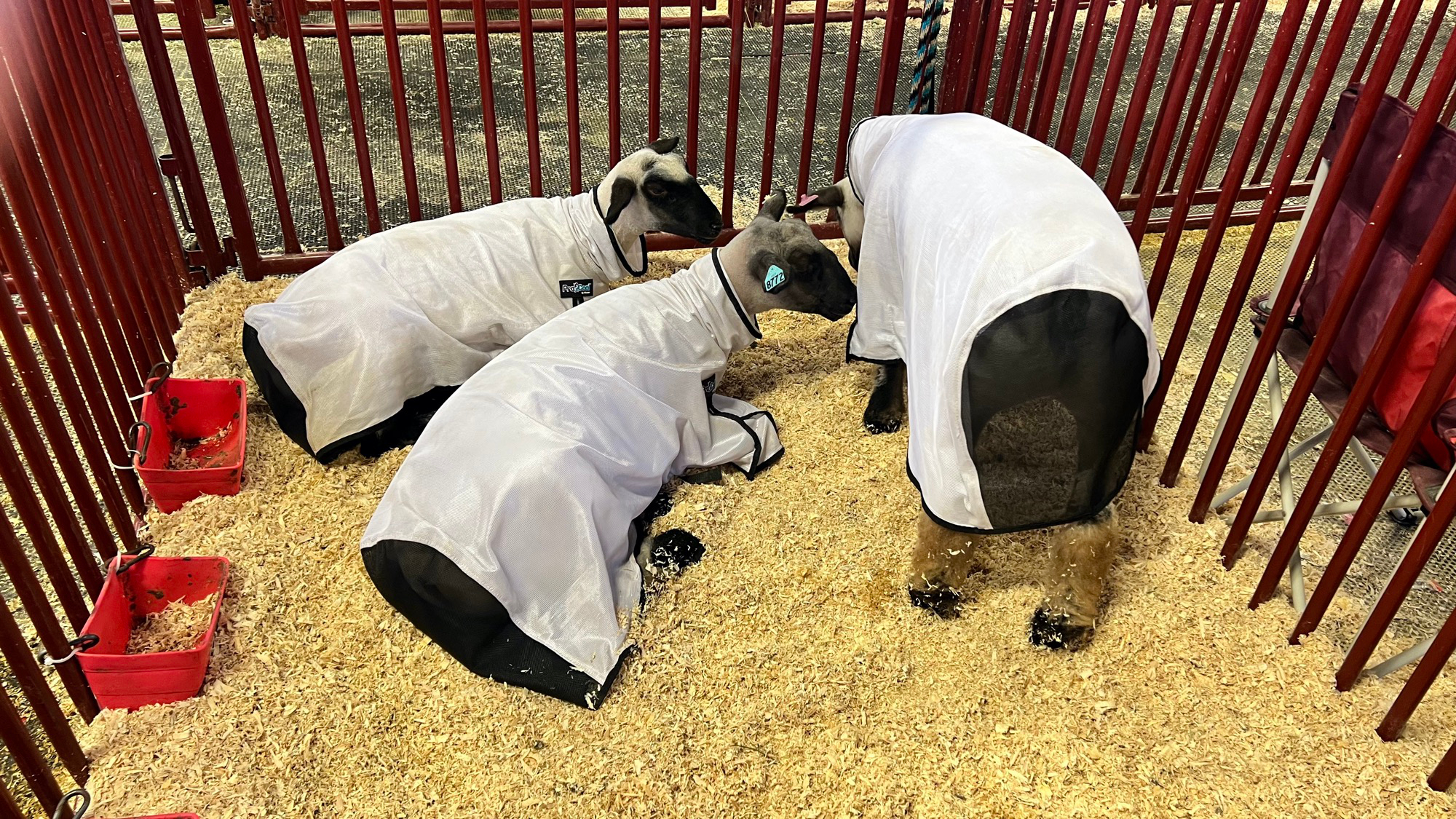
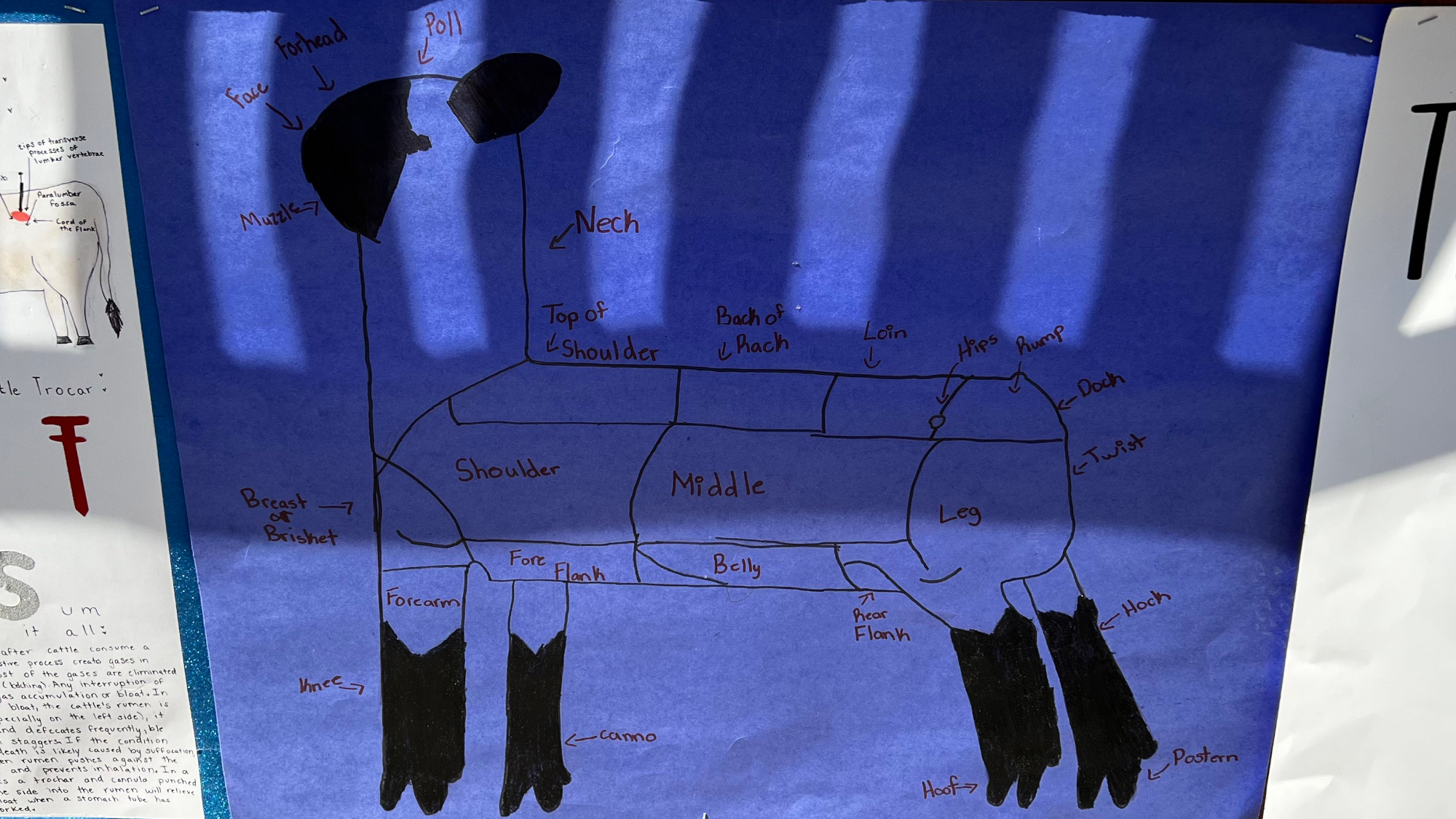
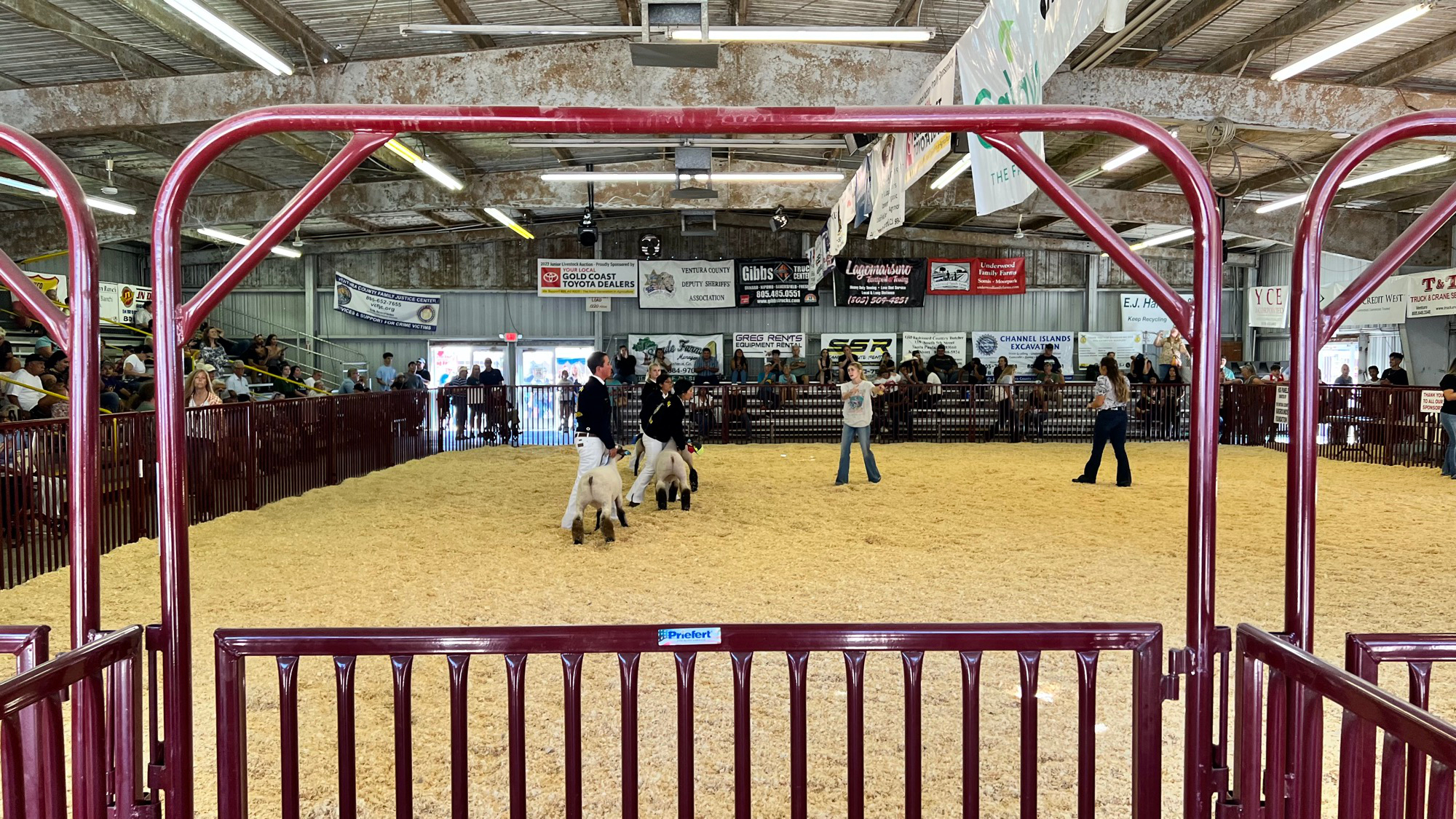
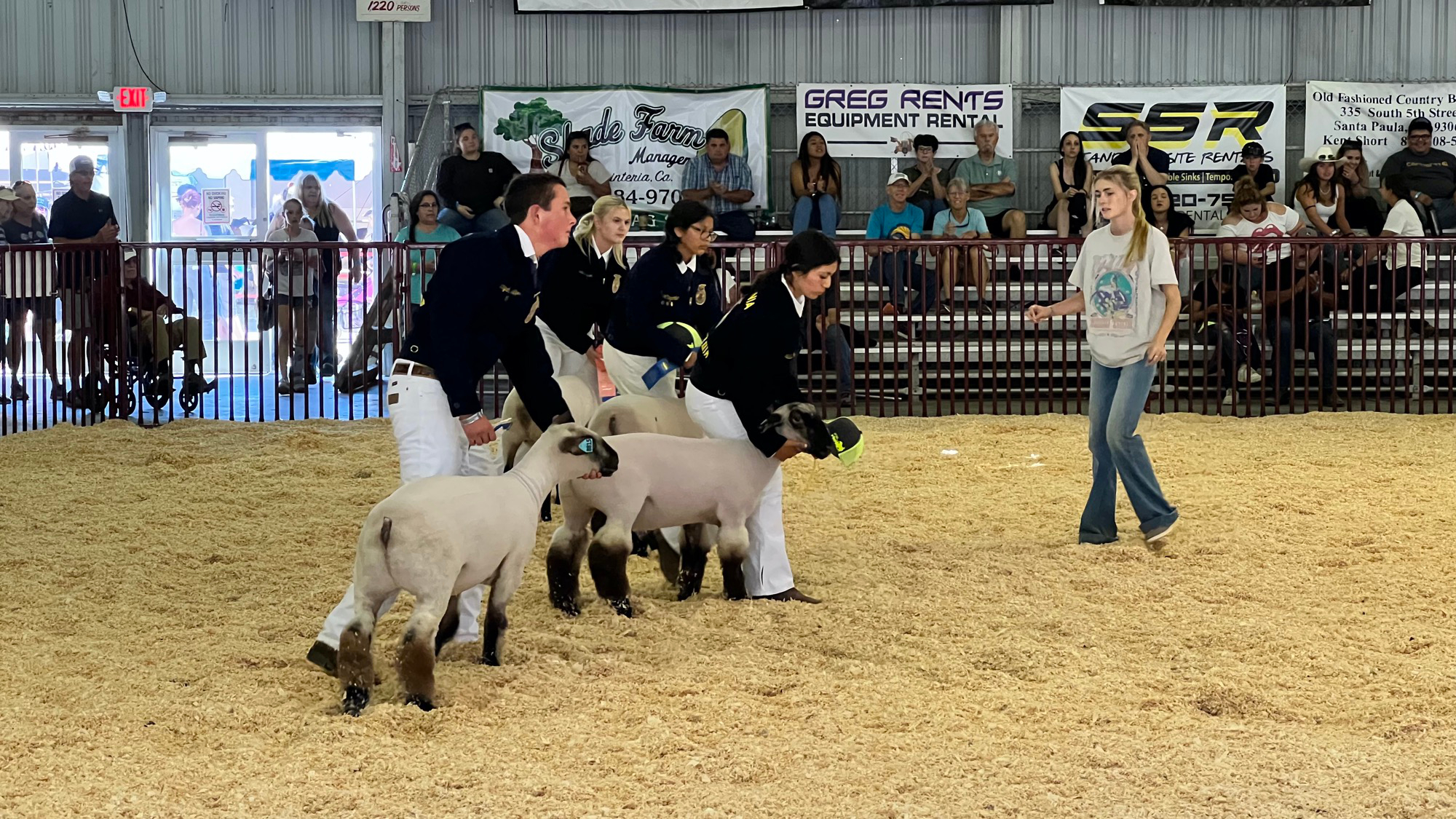
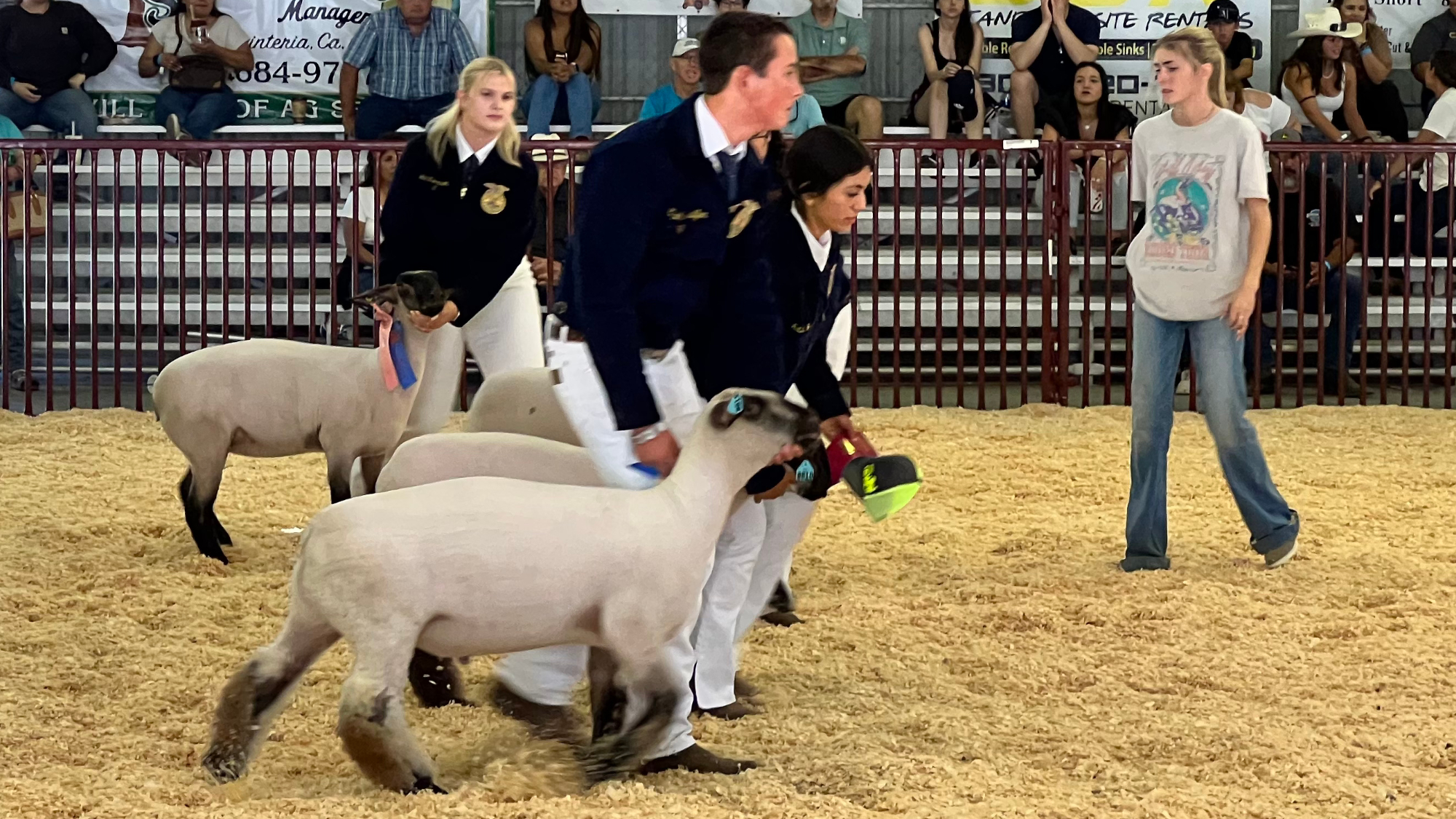
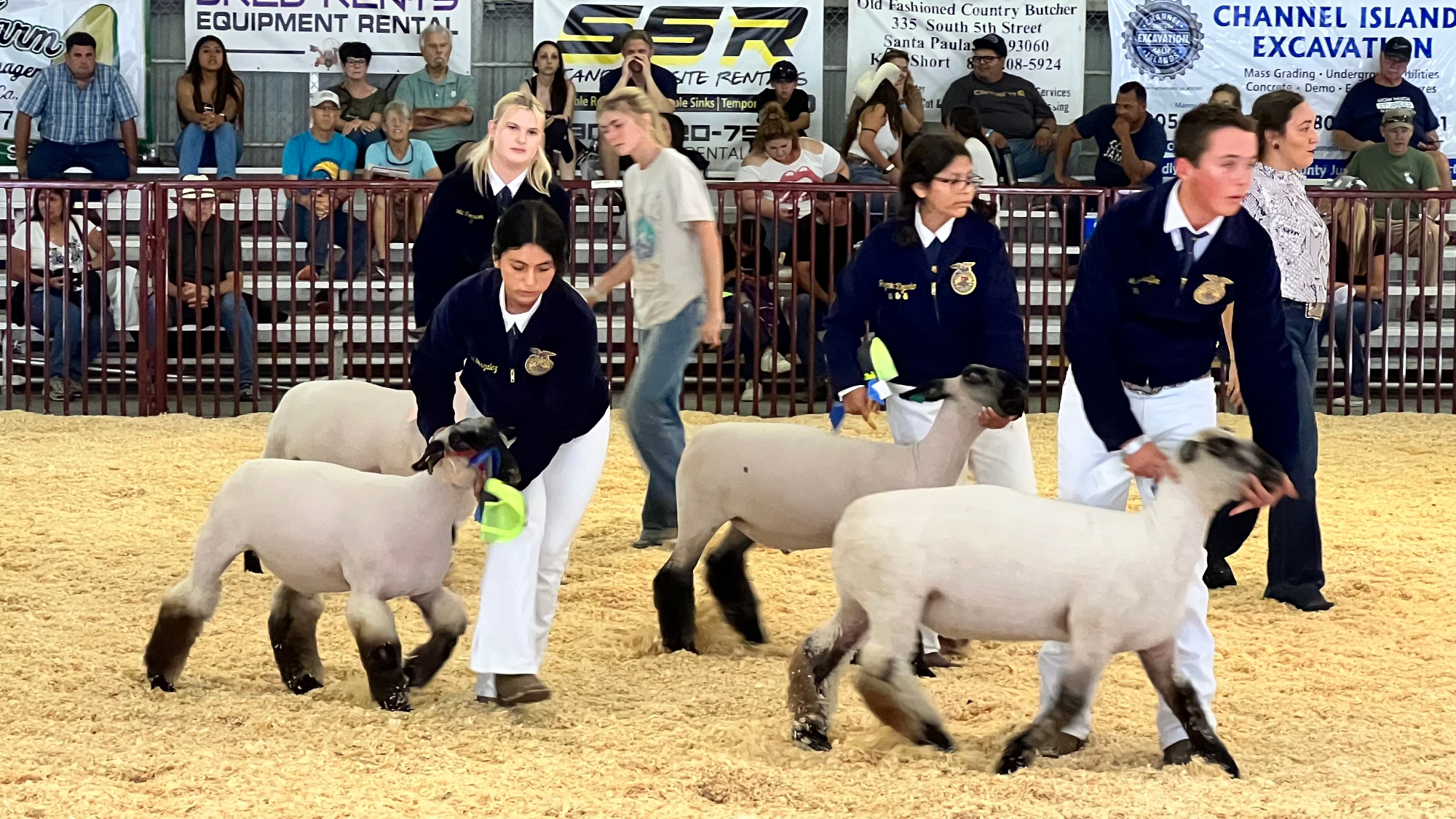
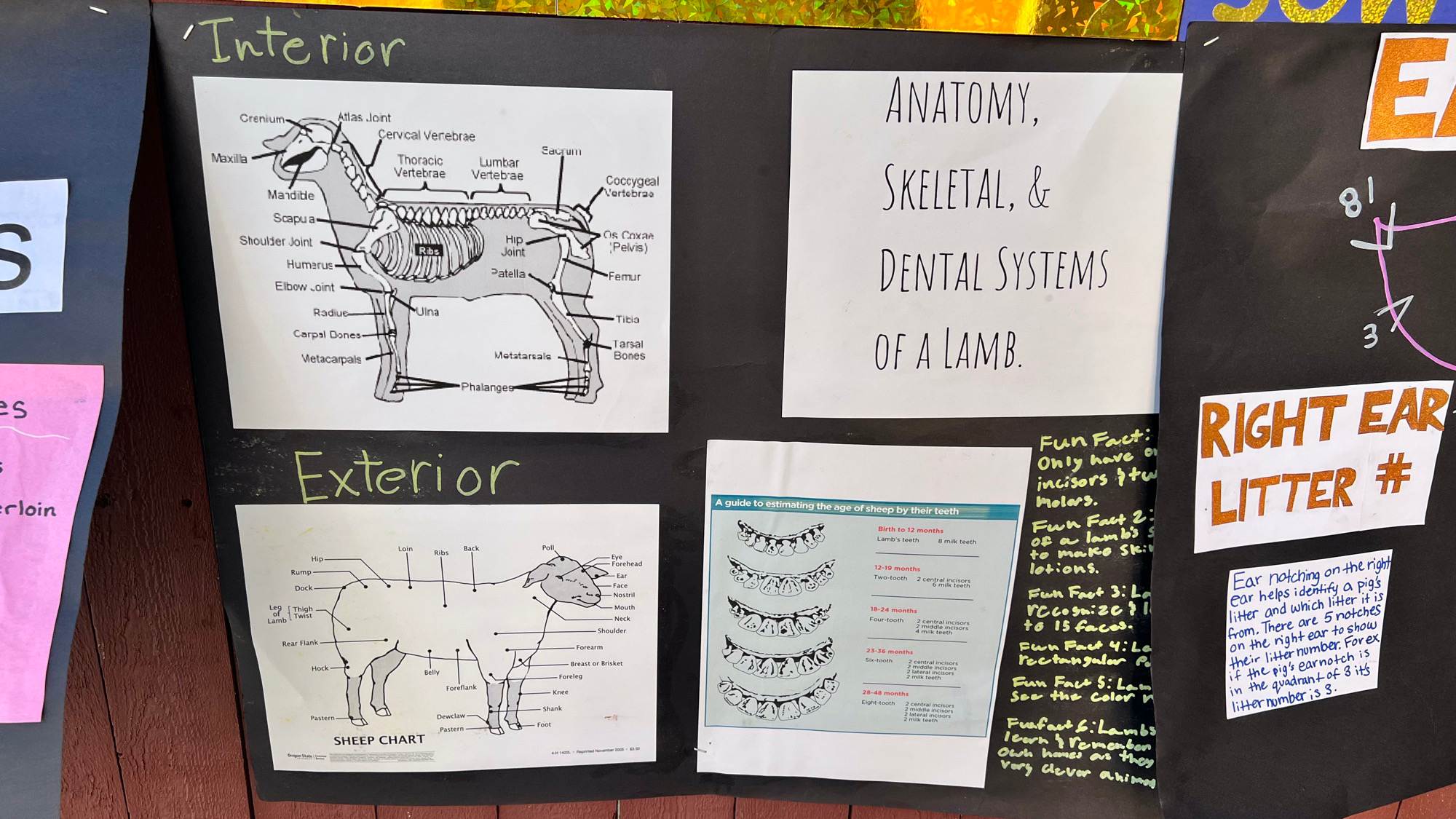
Birth to 12 Months
Lamb's Teeth
- 8 Milk Teeth
12-19 Months
Two-Tooth
- 2 Central Incisors
- 6 Milk Teeth
18-24 Months
Four-Tooth
- 2 Central Incisors
- 2 Middle Incisors
- 4 Milk Teeth
23-36 Months
Six-Tooth
- 2 Central Incisors
- 2 Middle Incisors
- 2 Lateral Incisors
- 2 Milk Teeth
28-48 Months
Eight-Tooth
- 2 Central Incisors
- 2 Middle Incisors
- 2 Lateral Incisors
- 2 Corner Incisors
